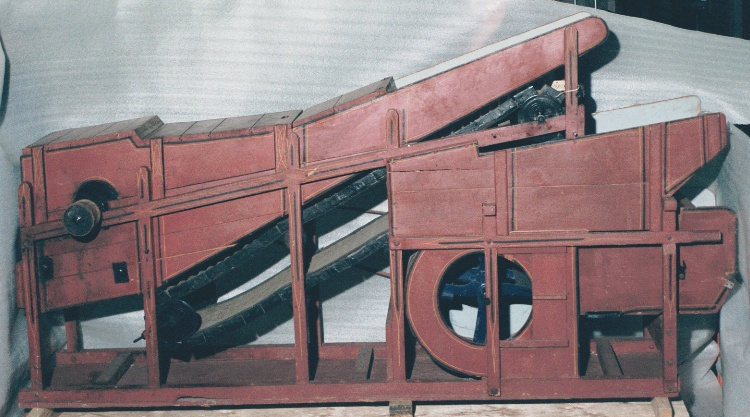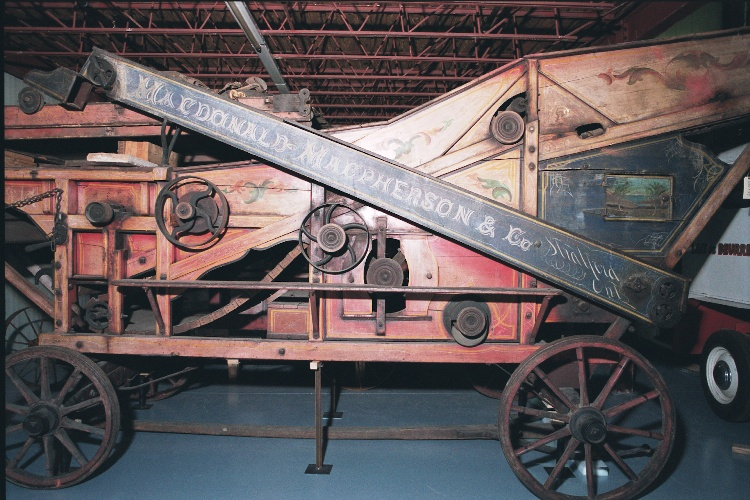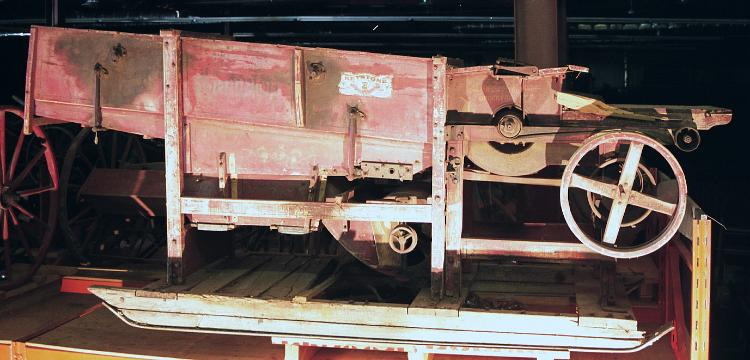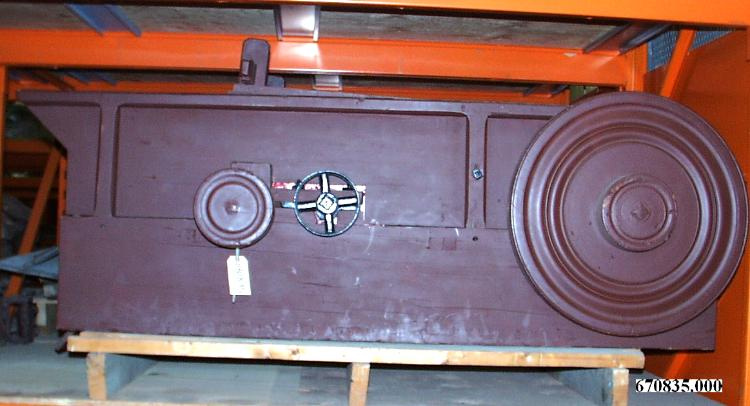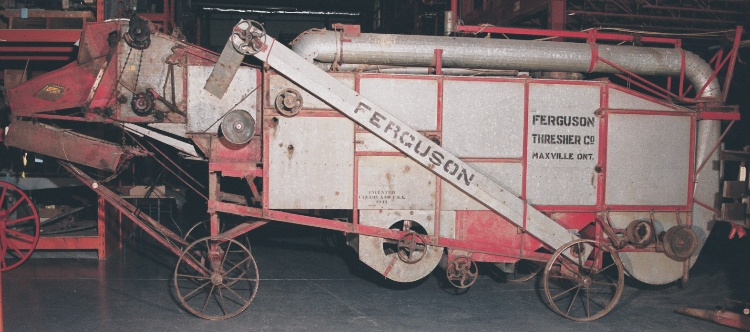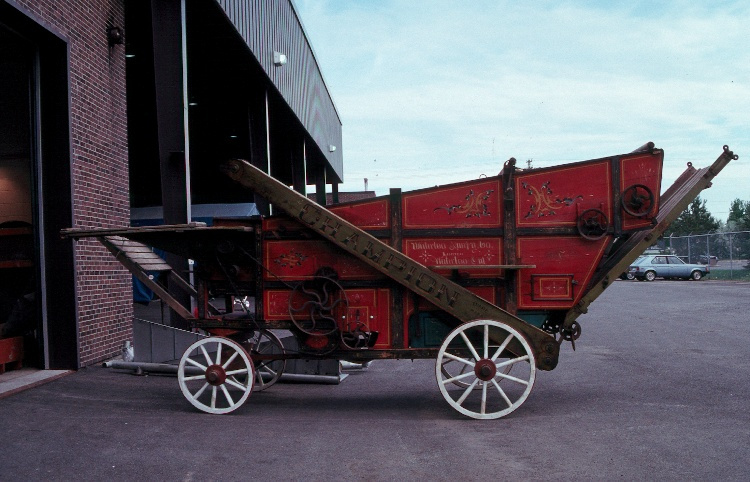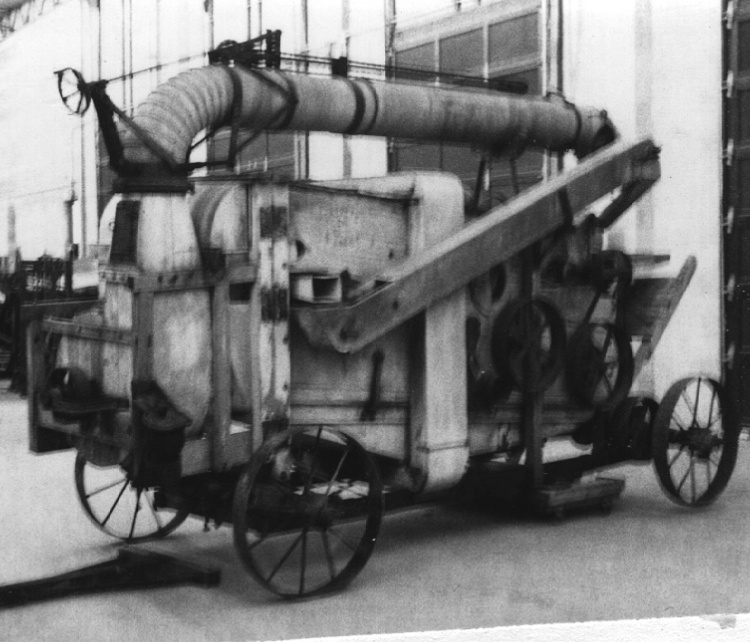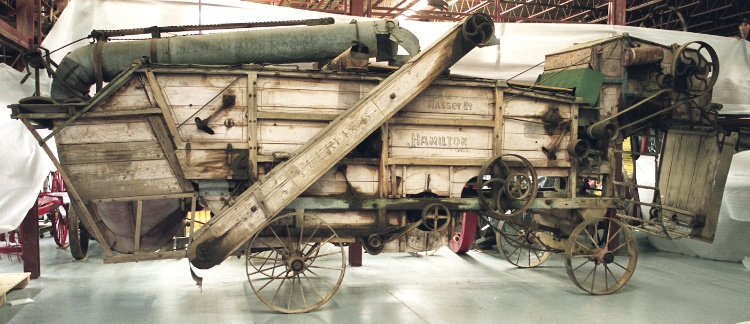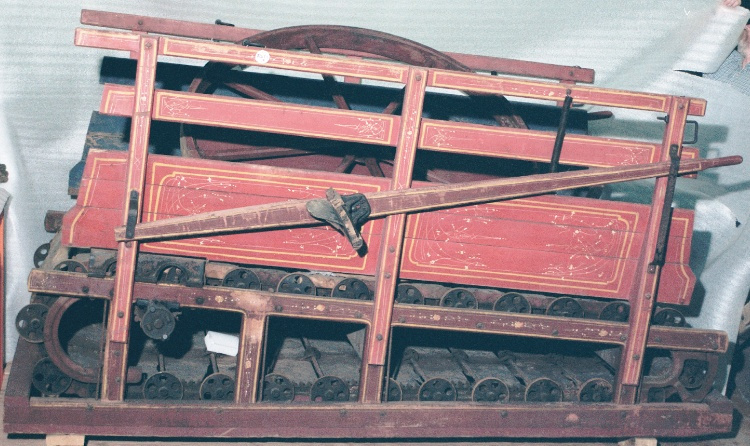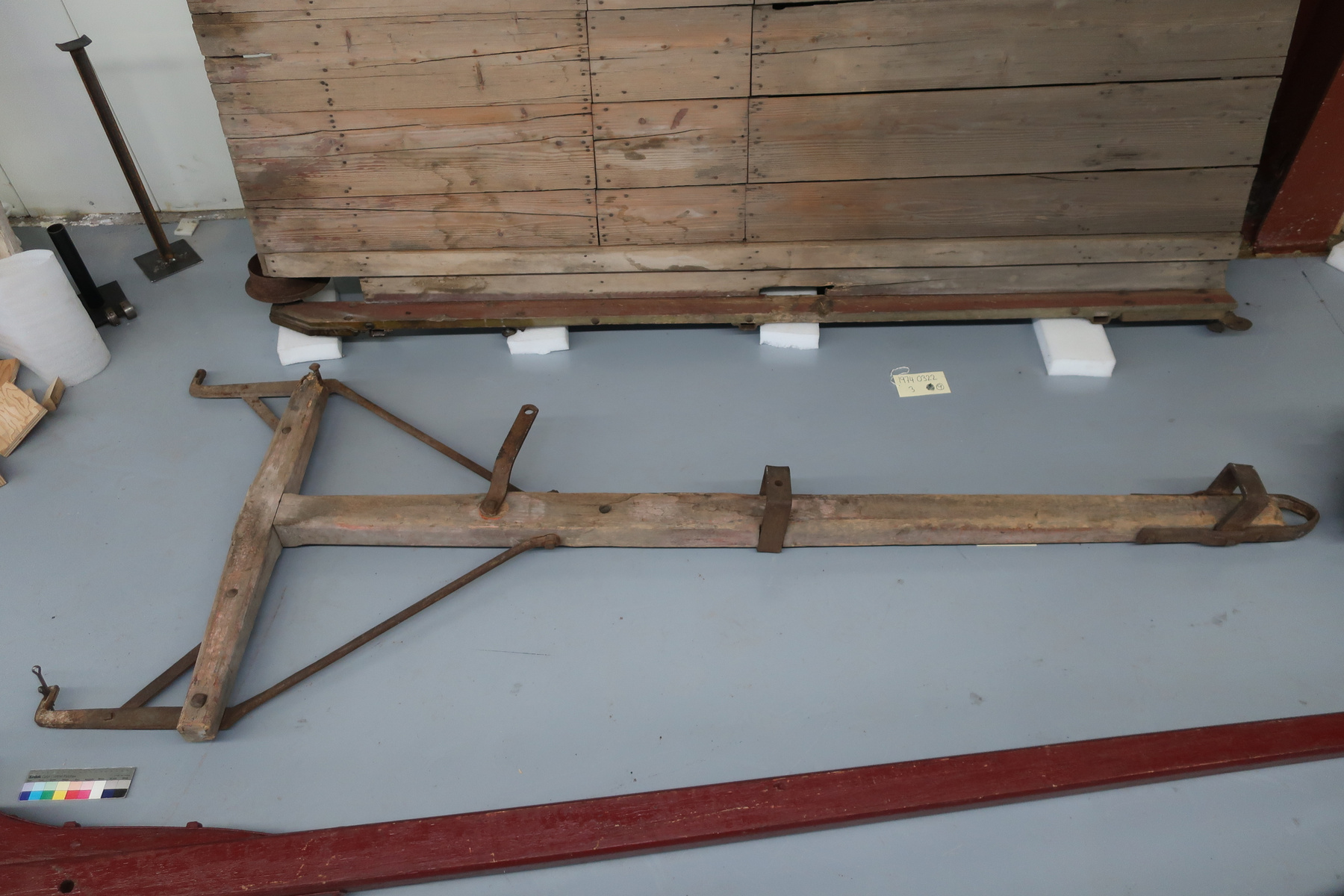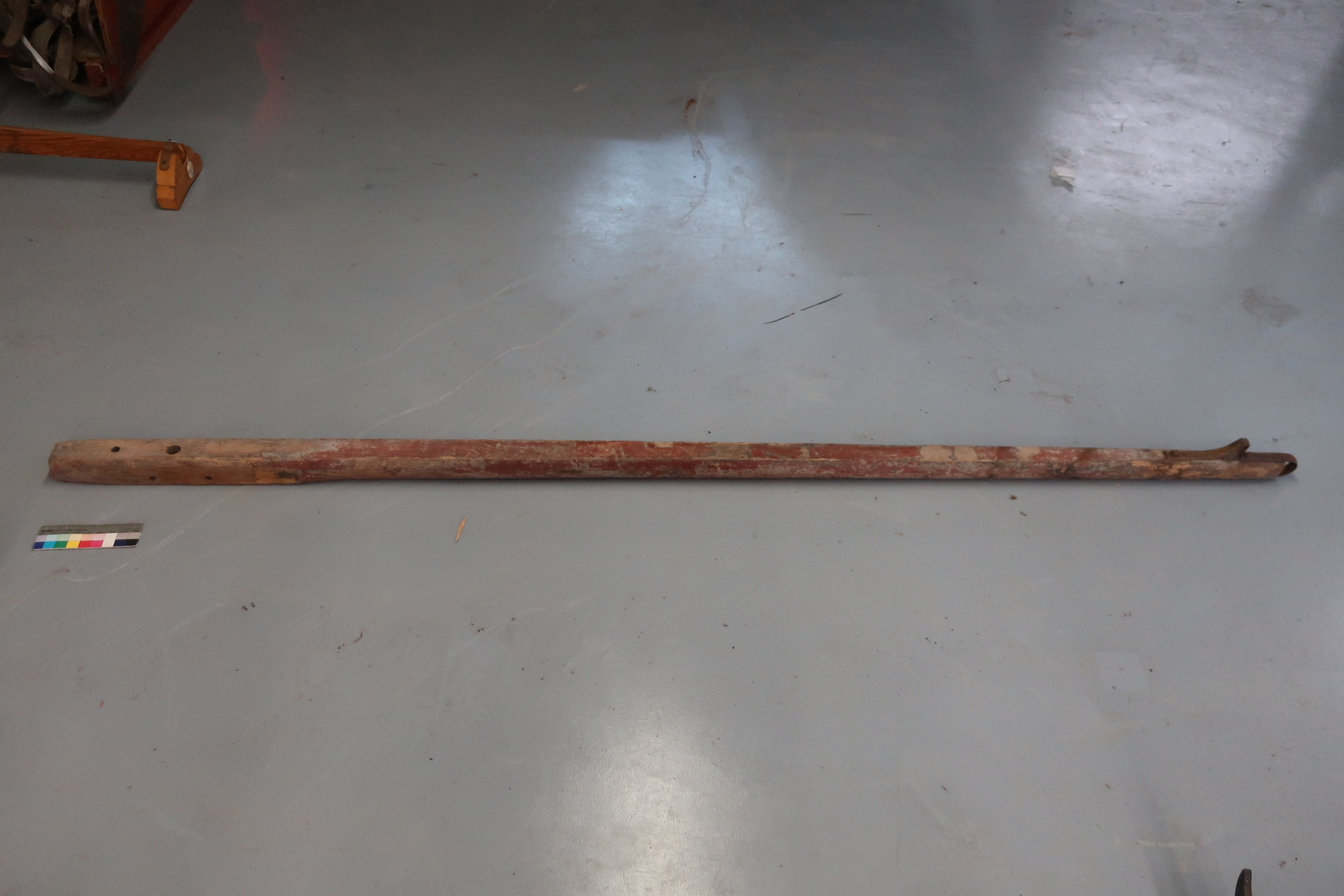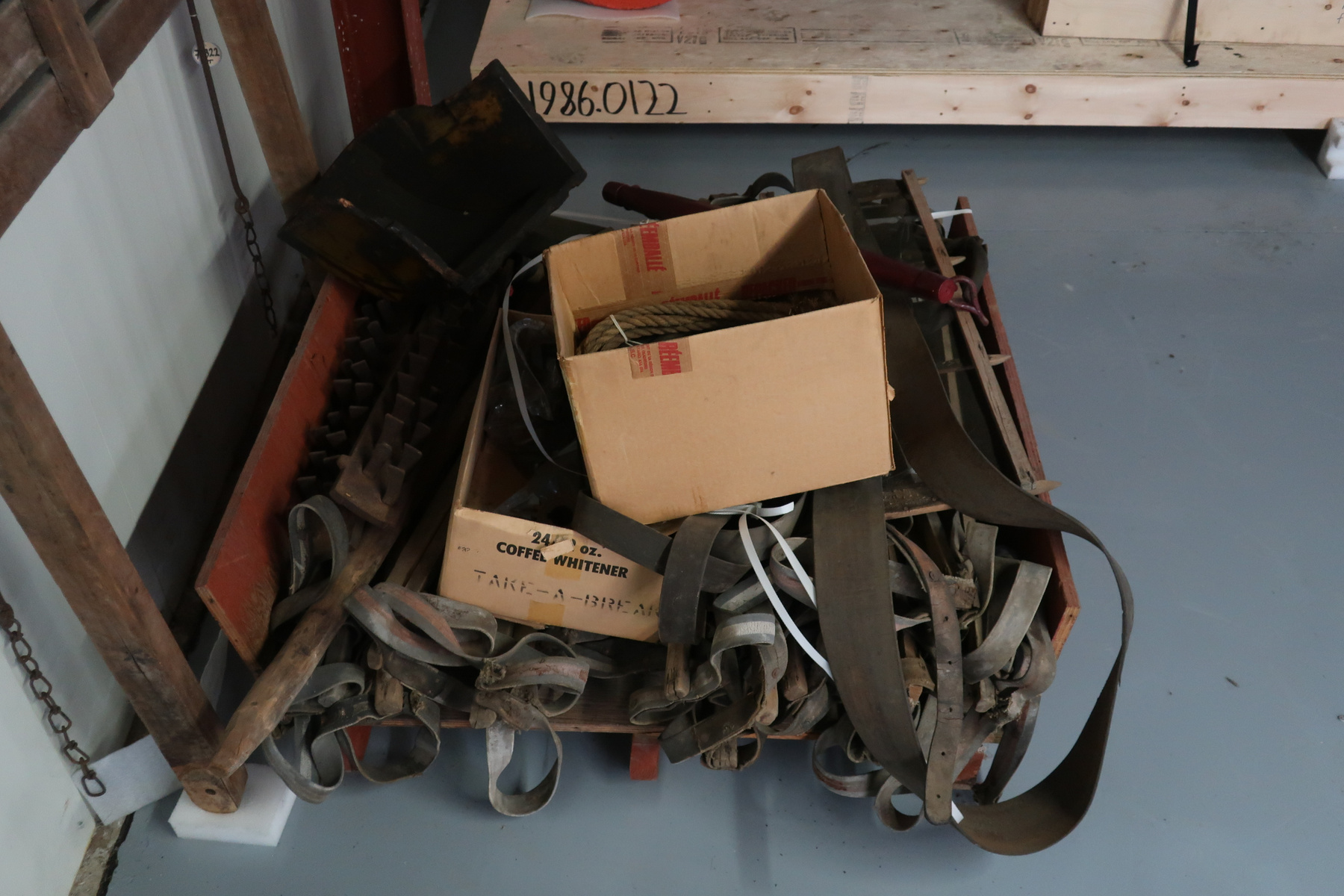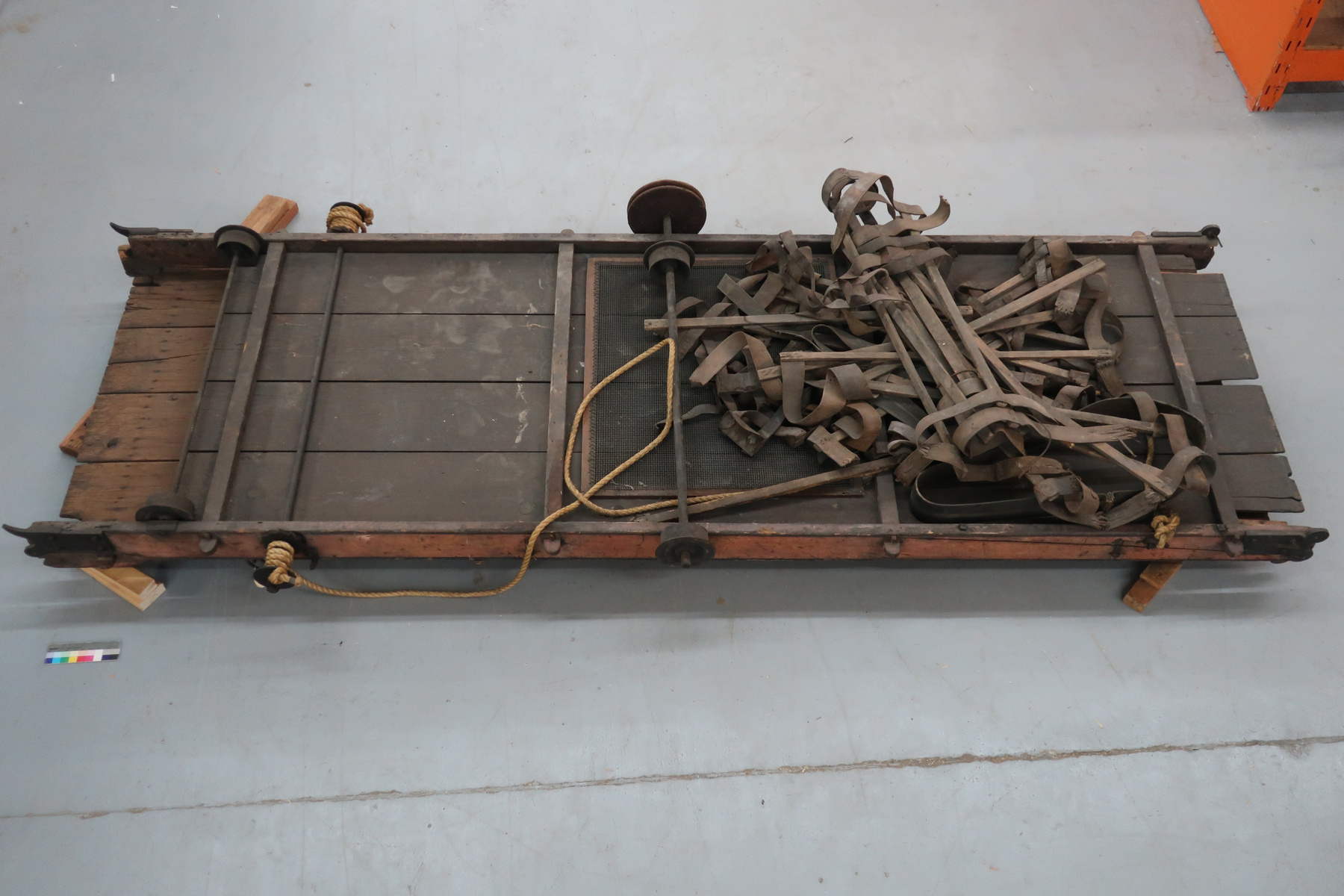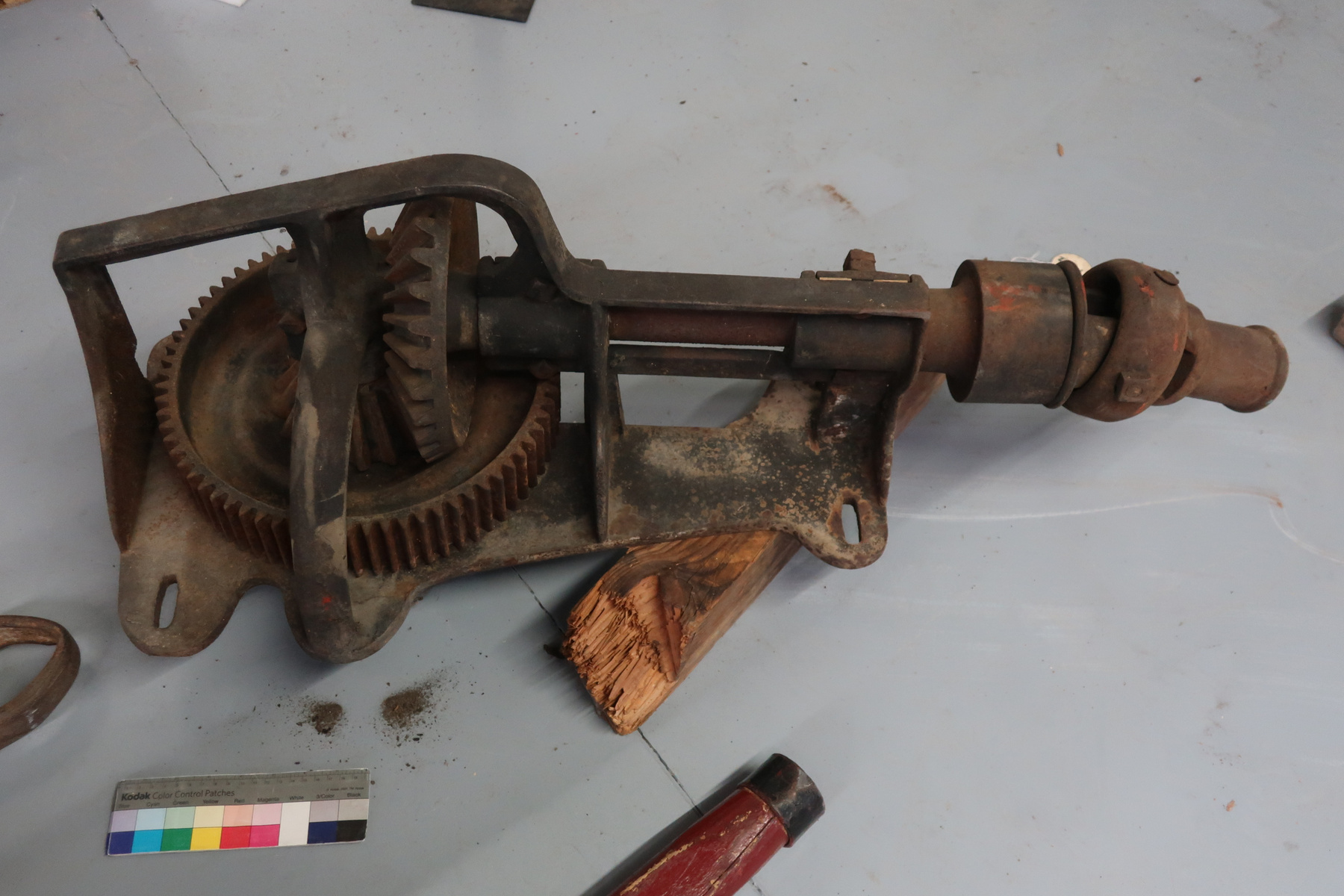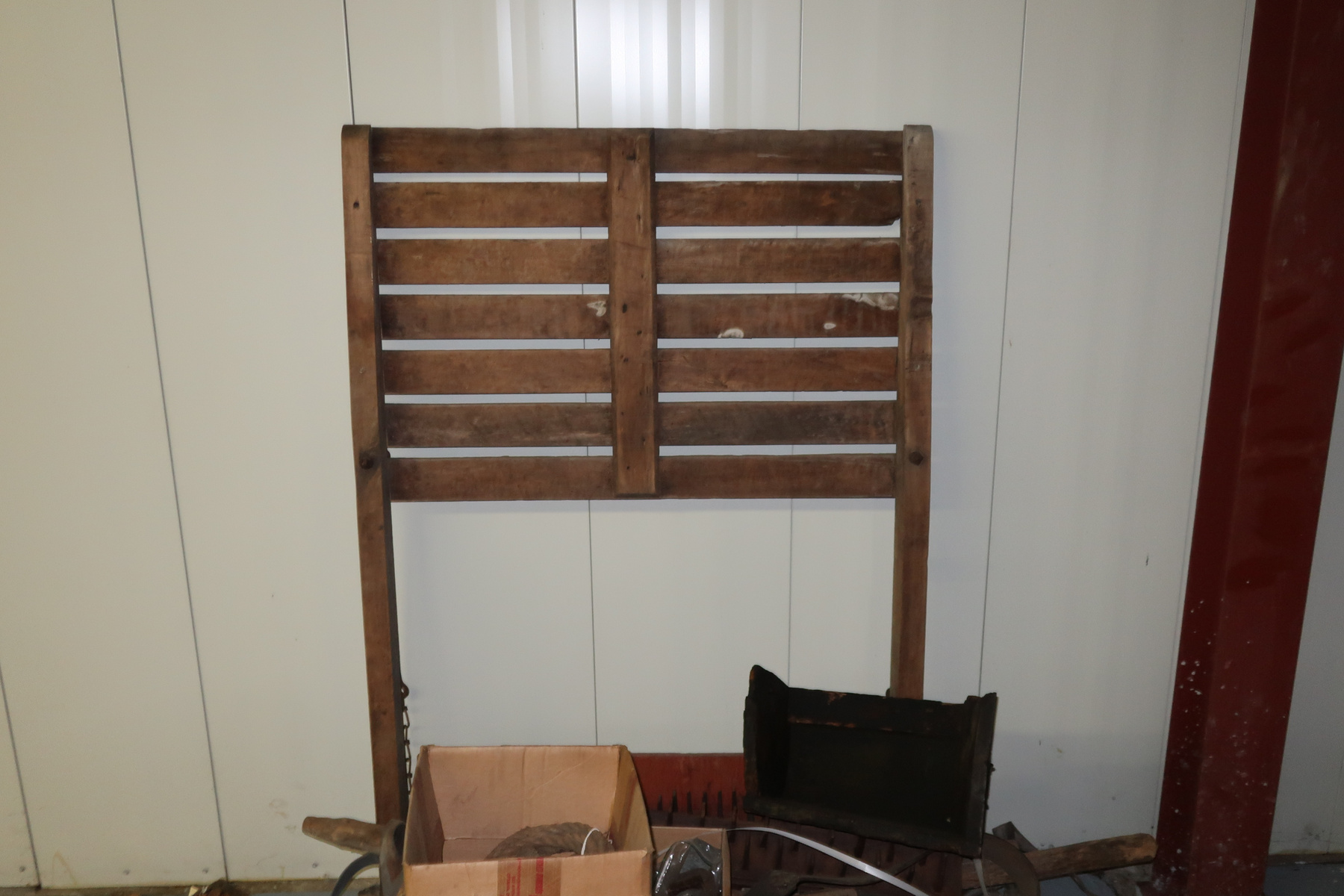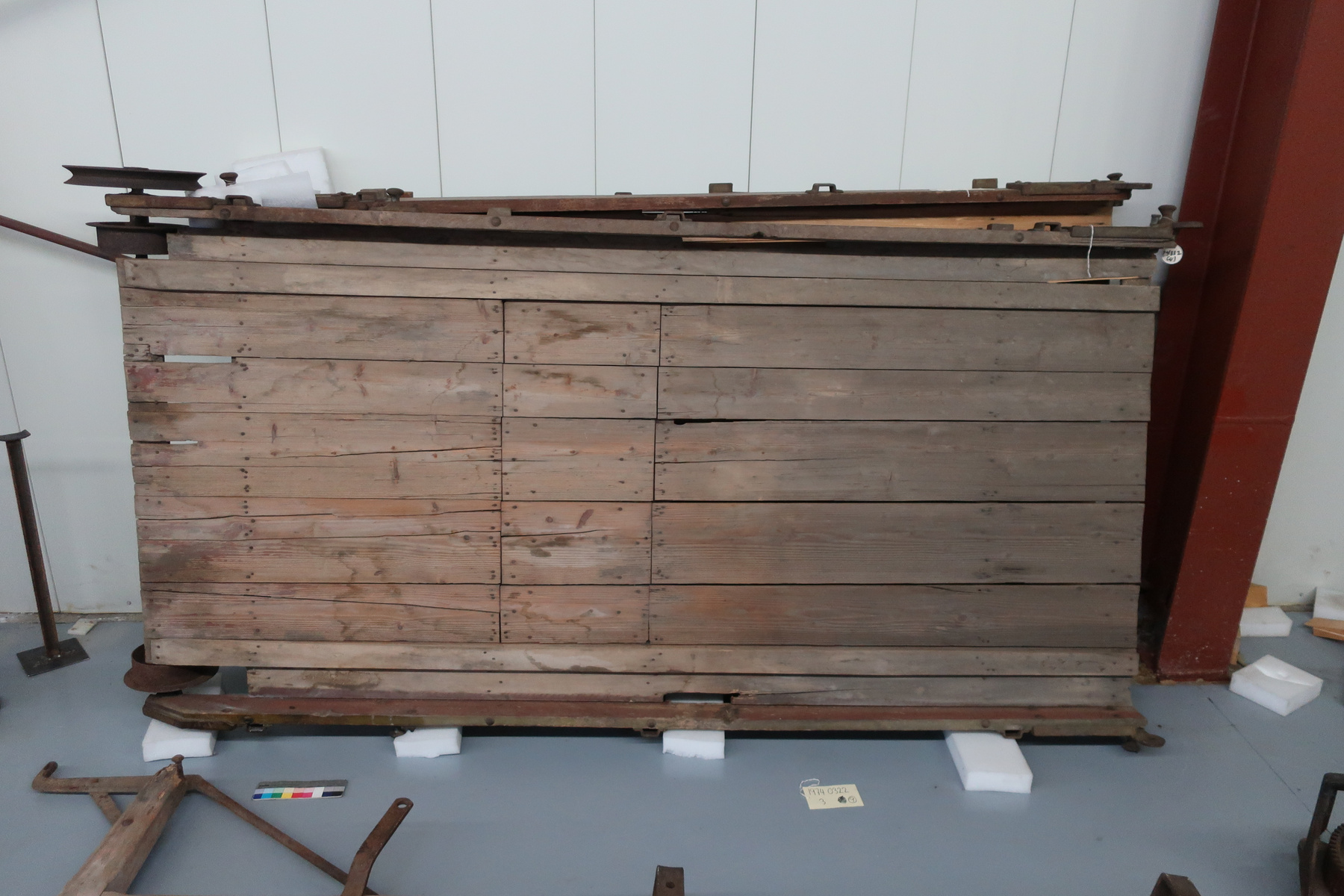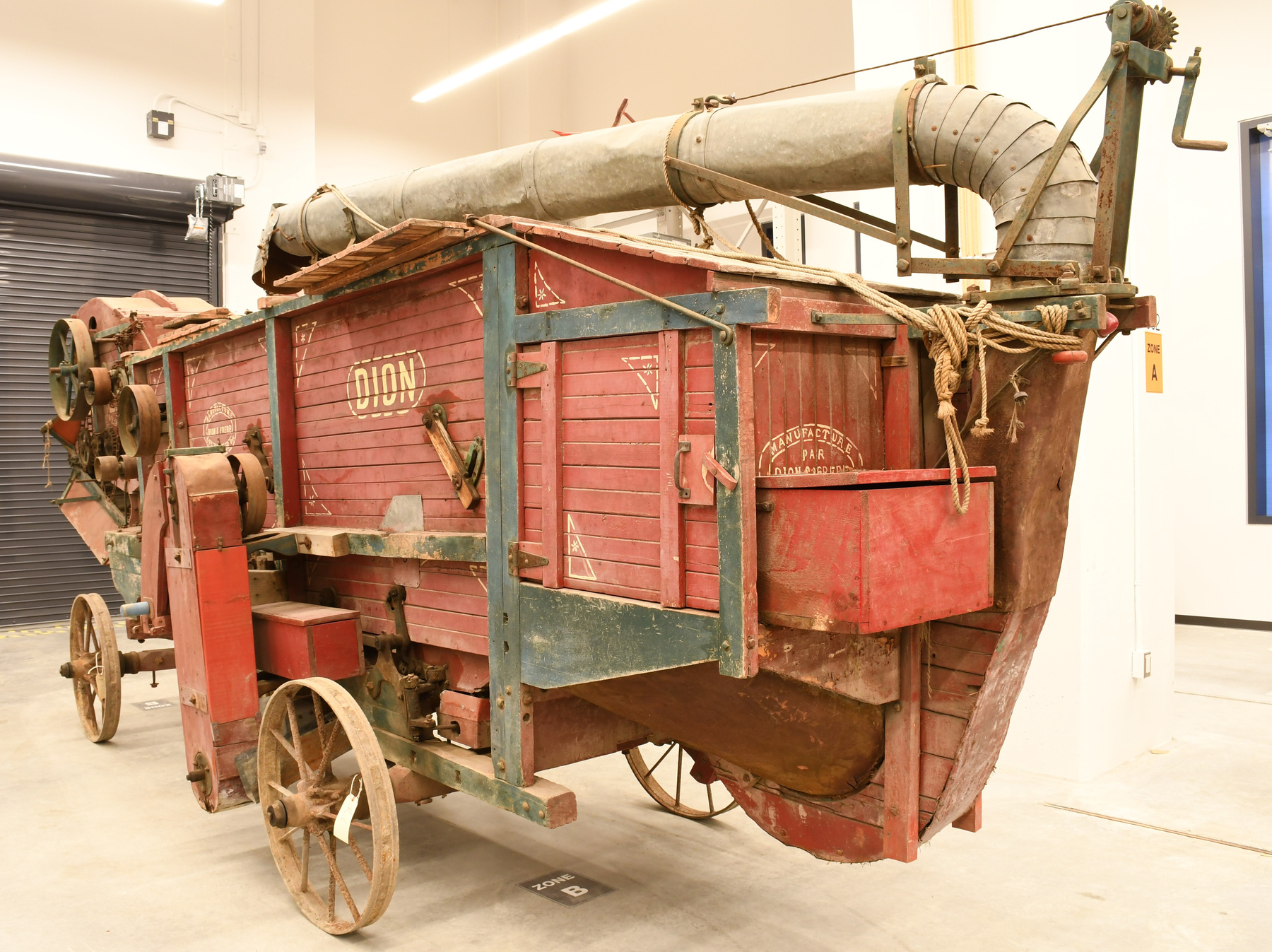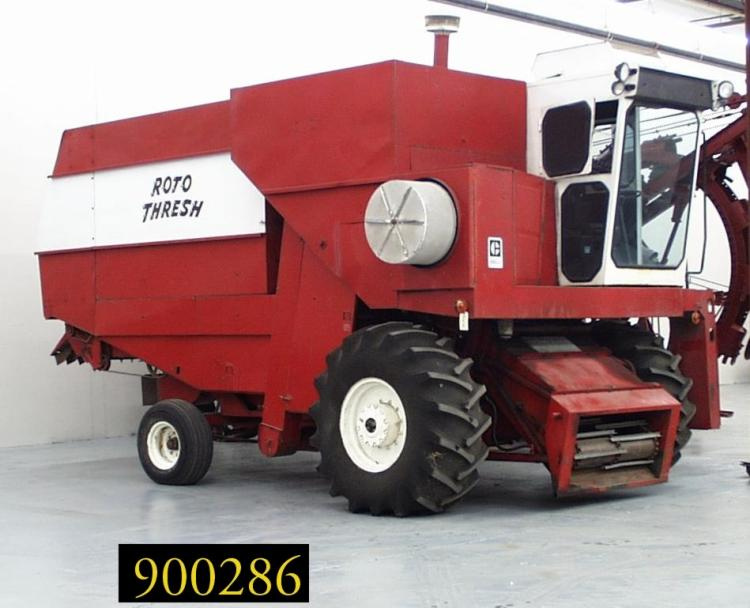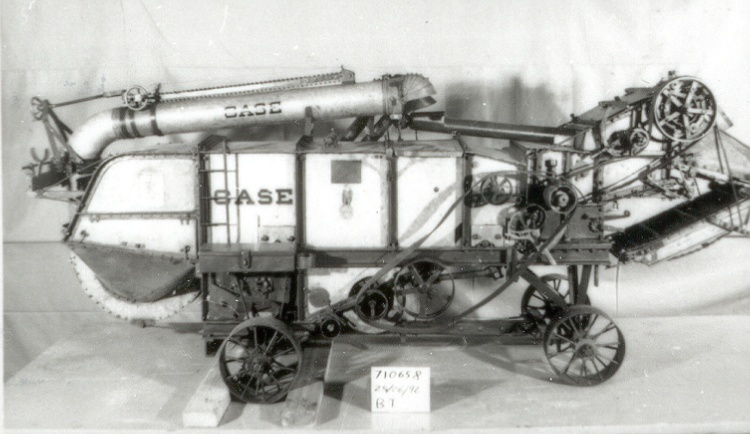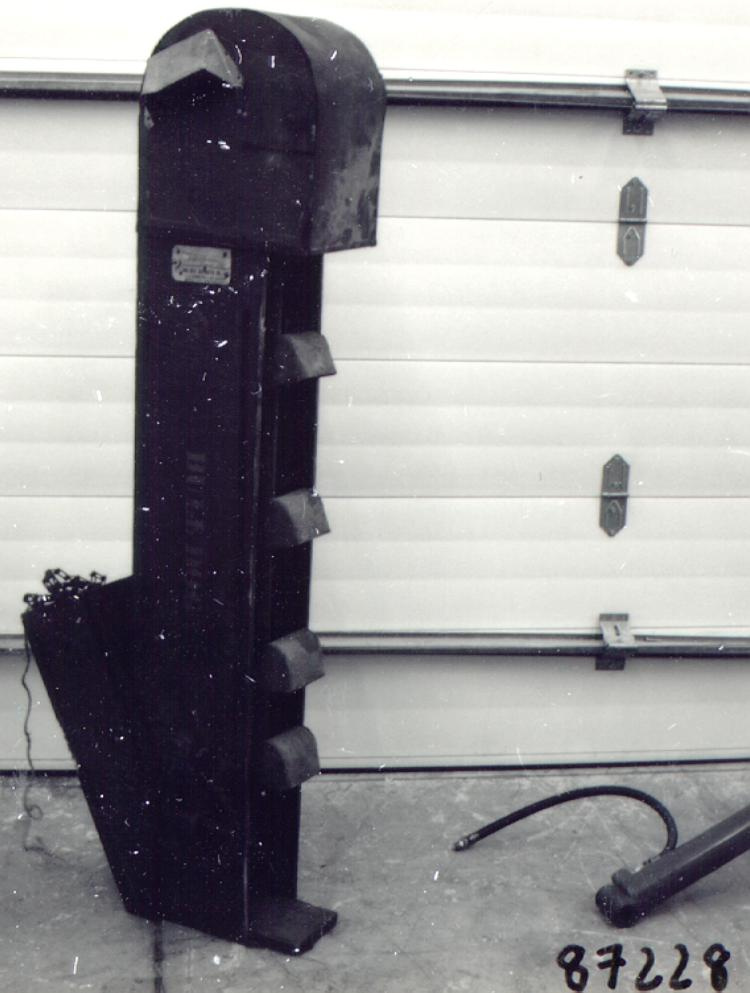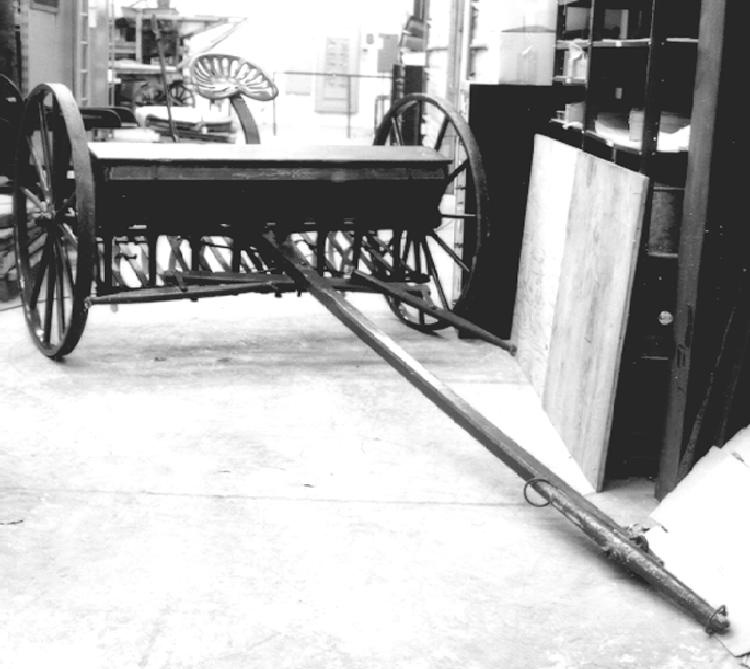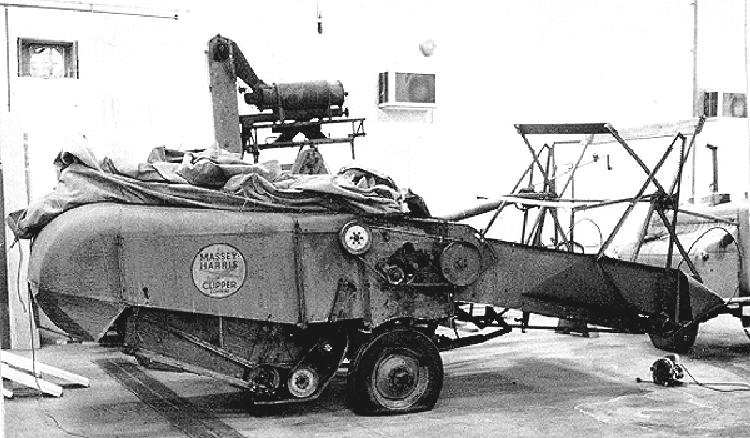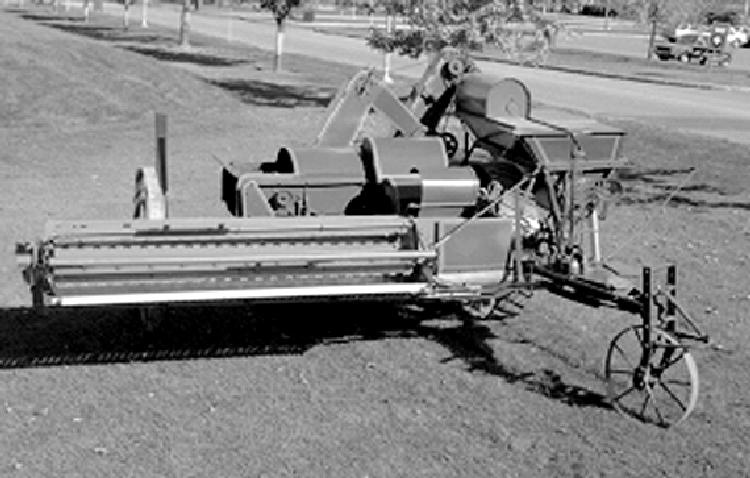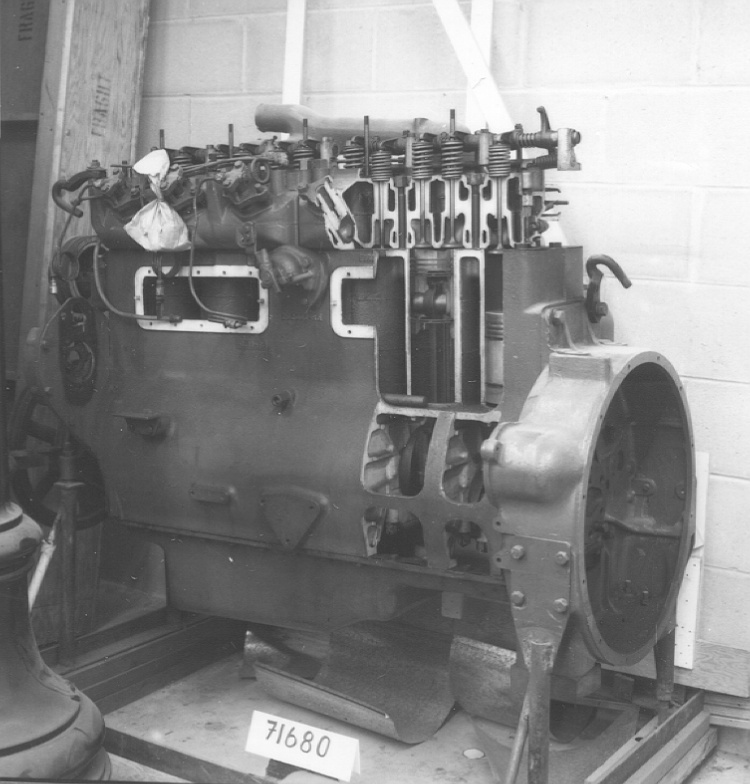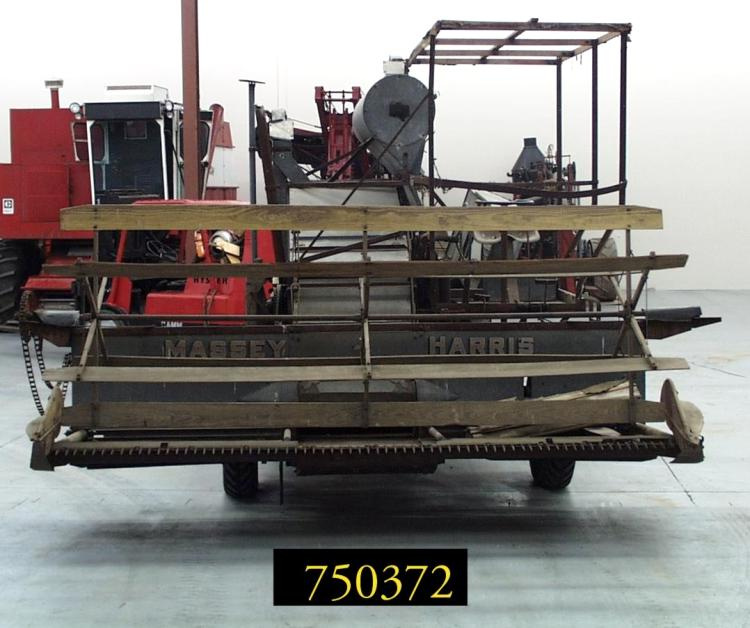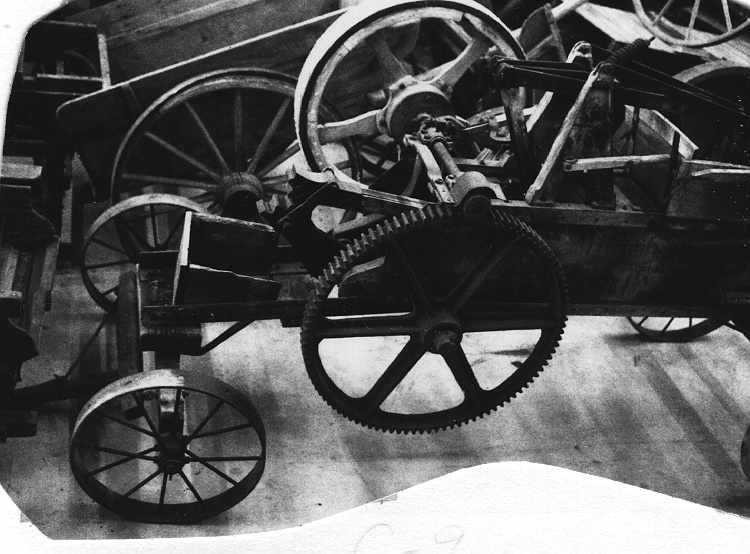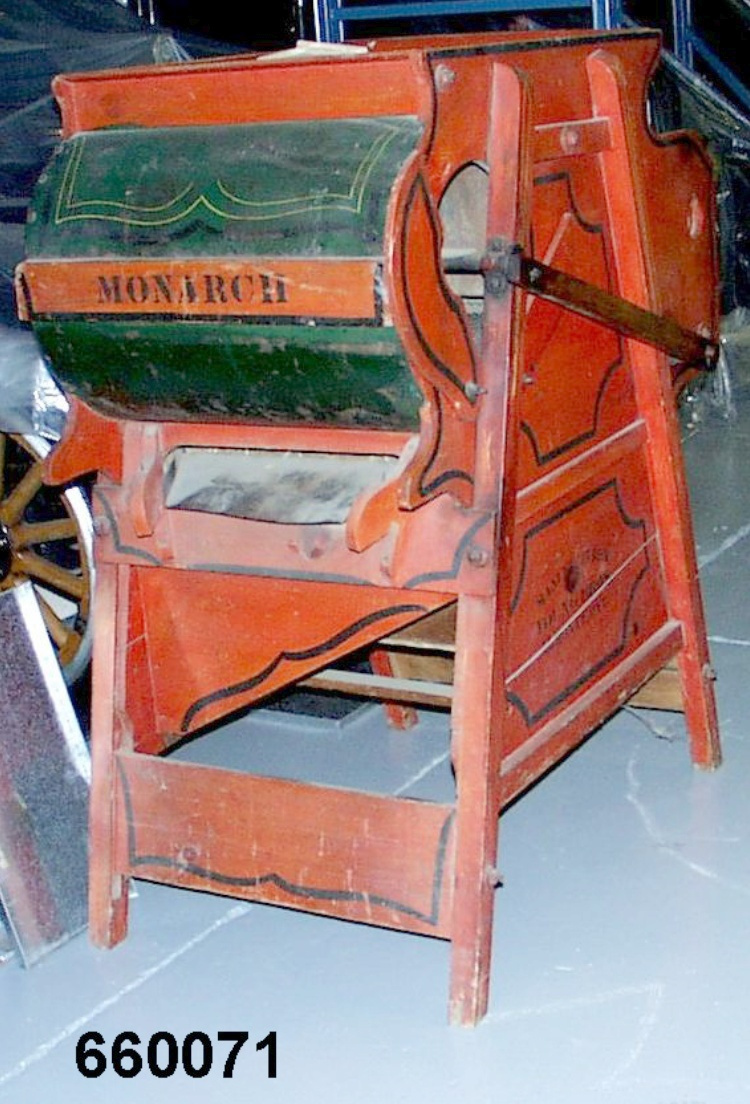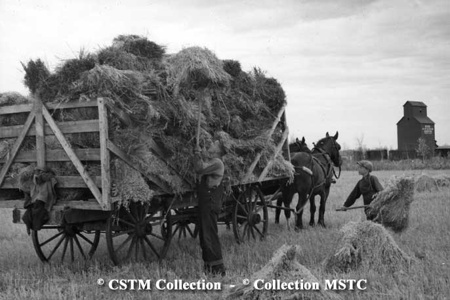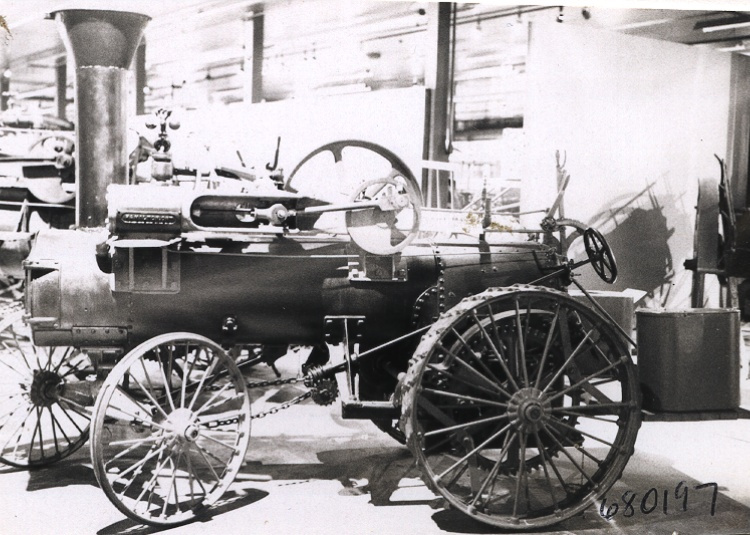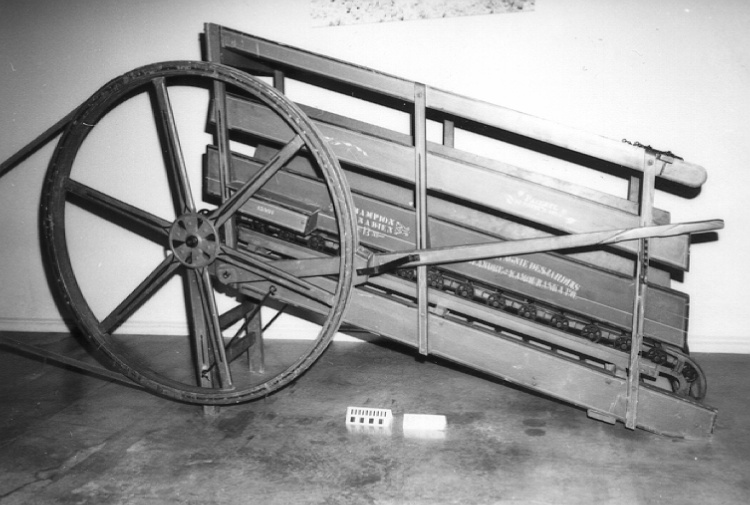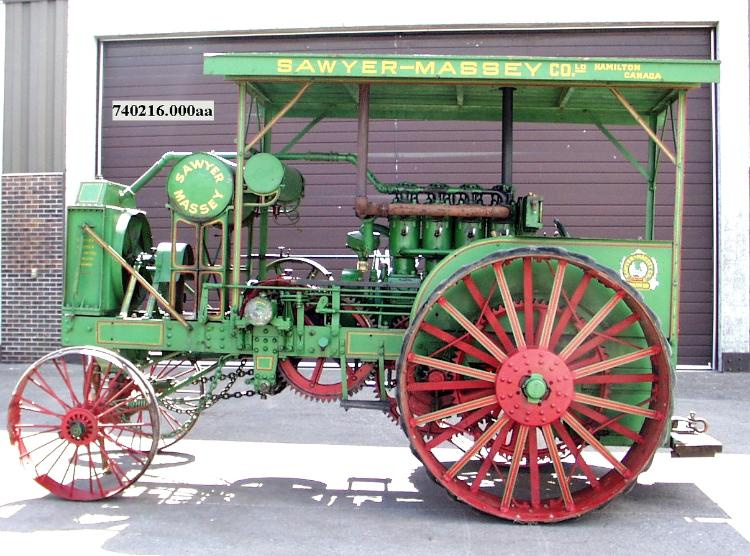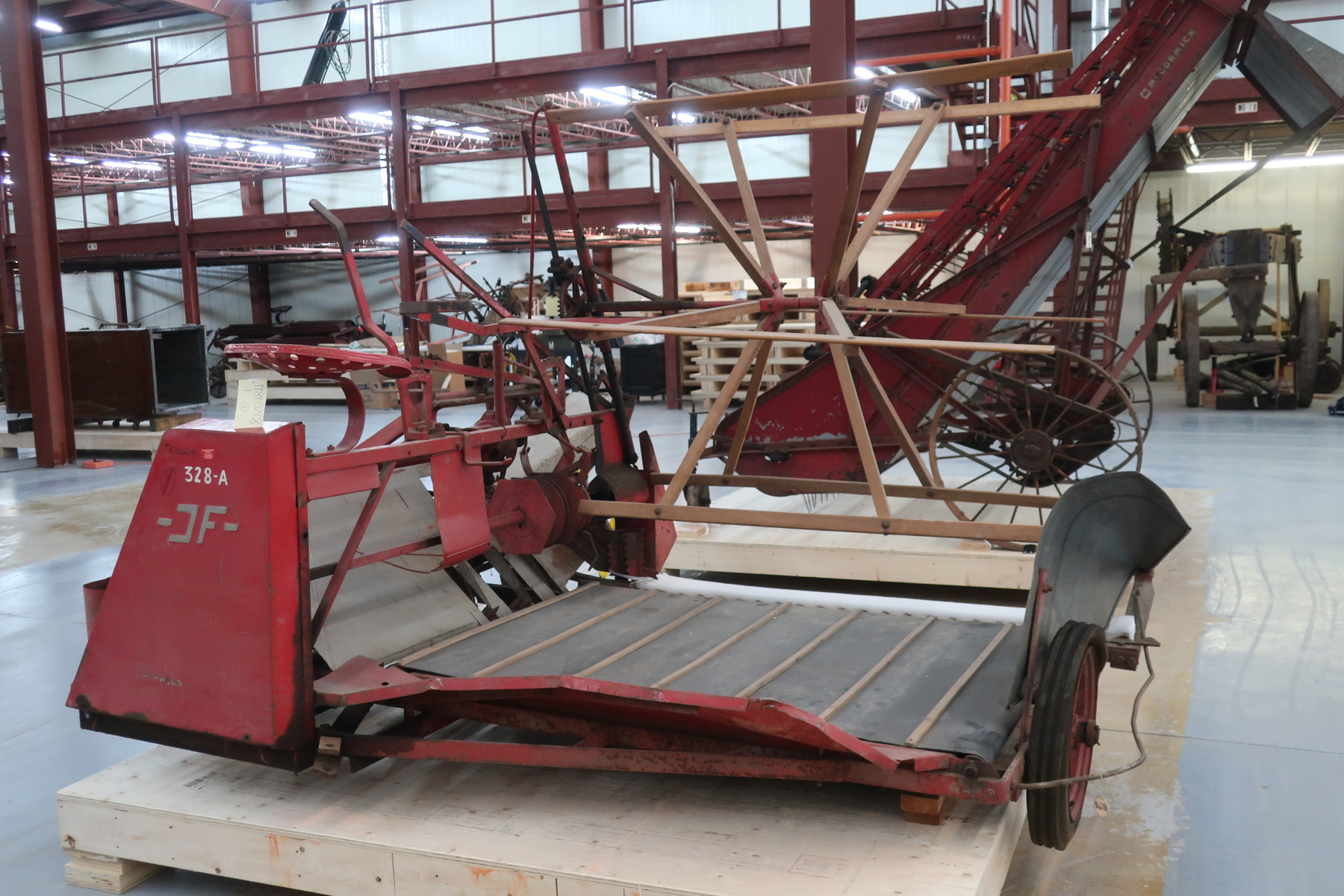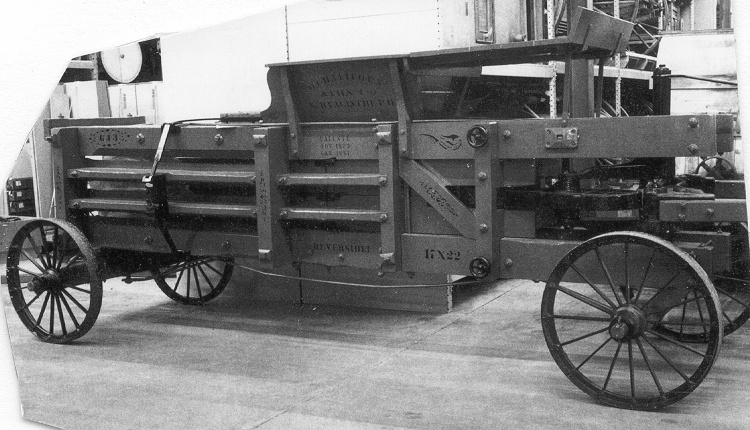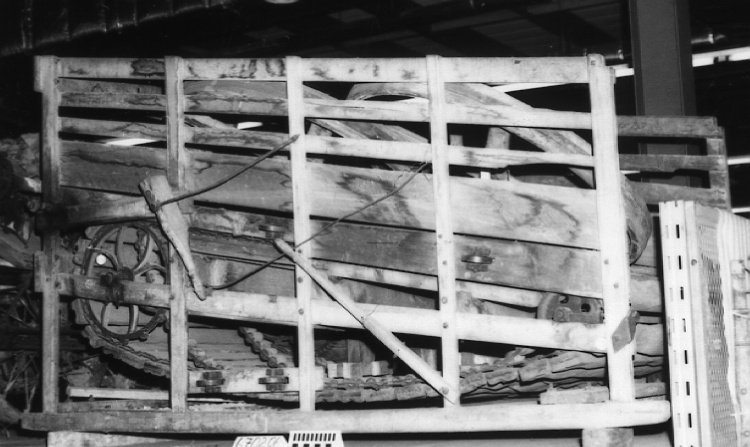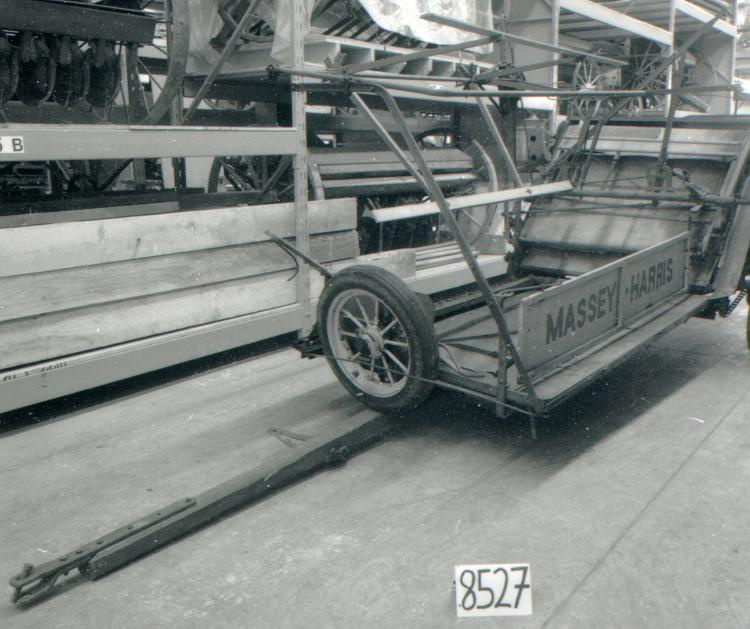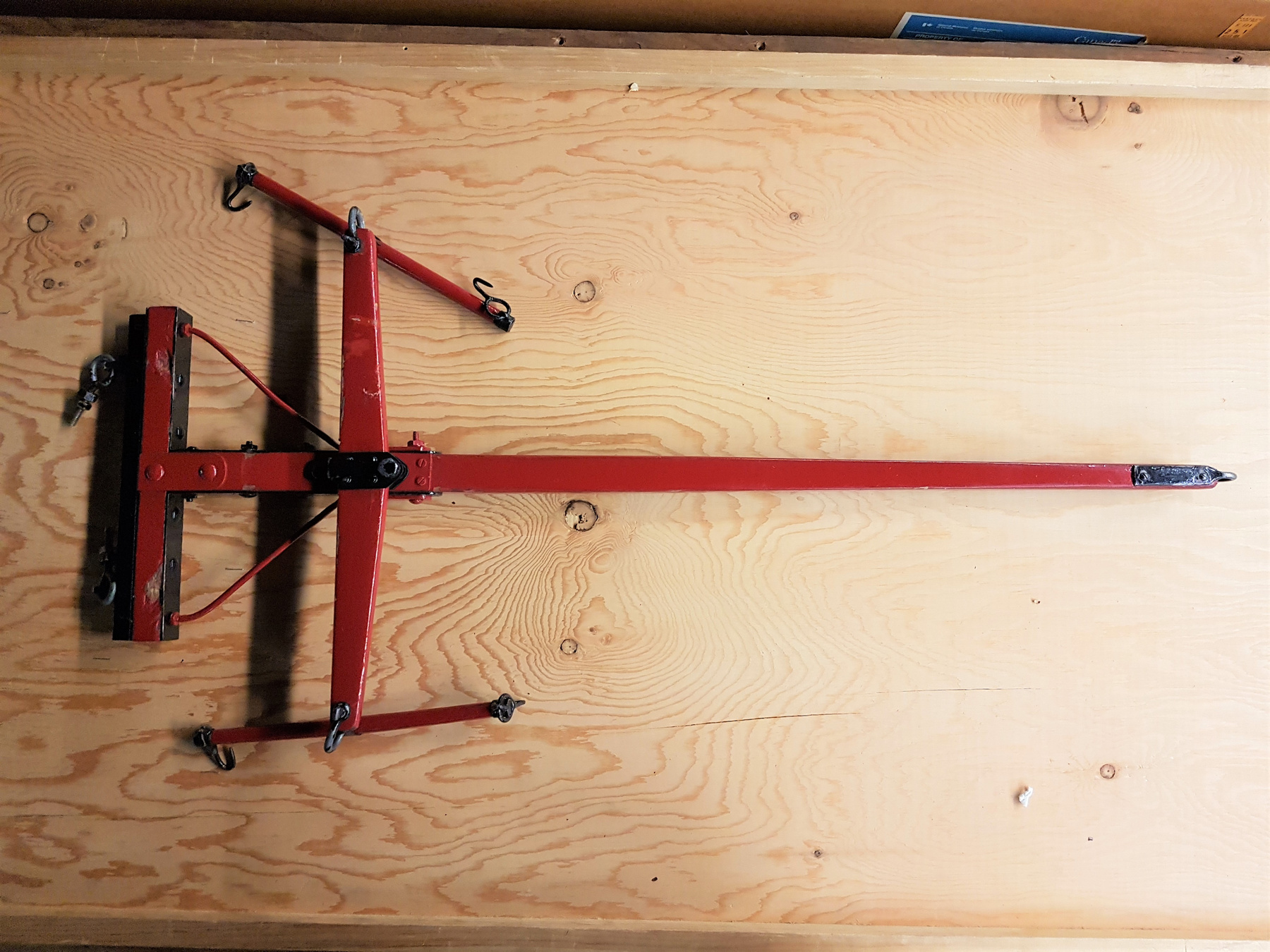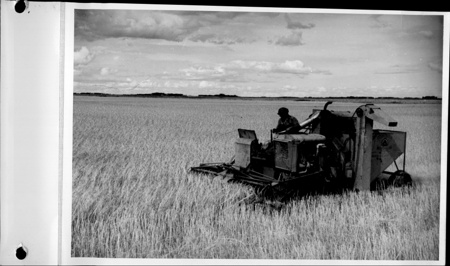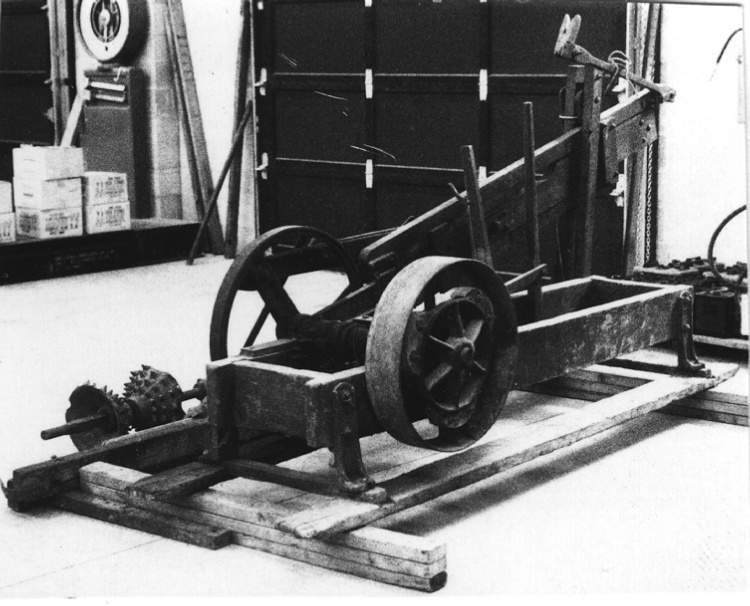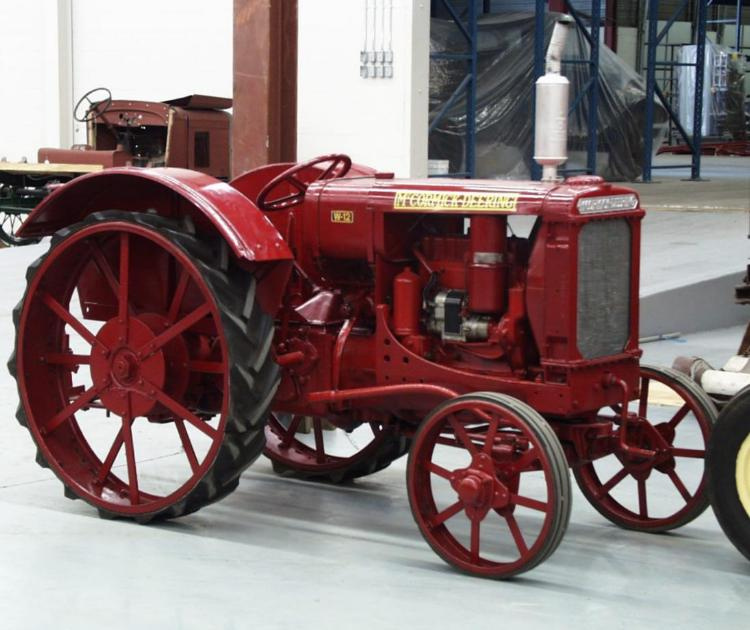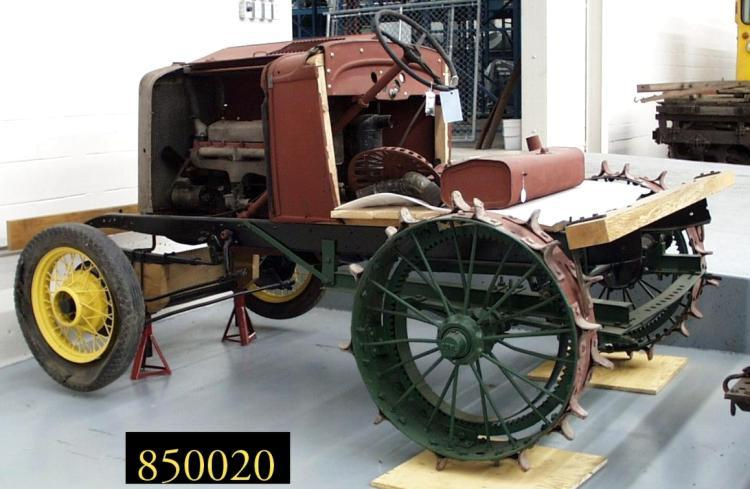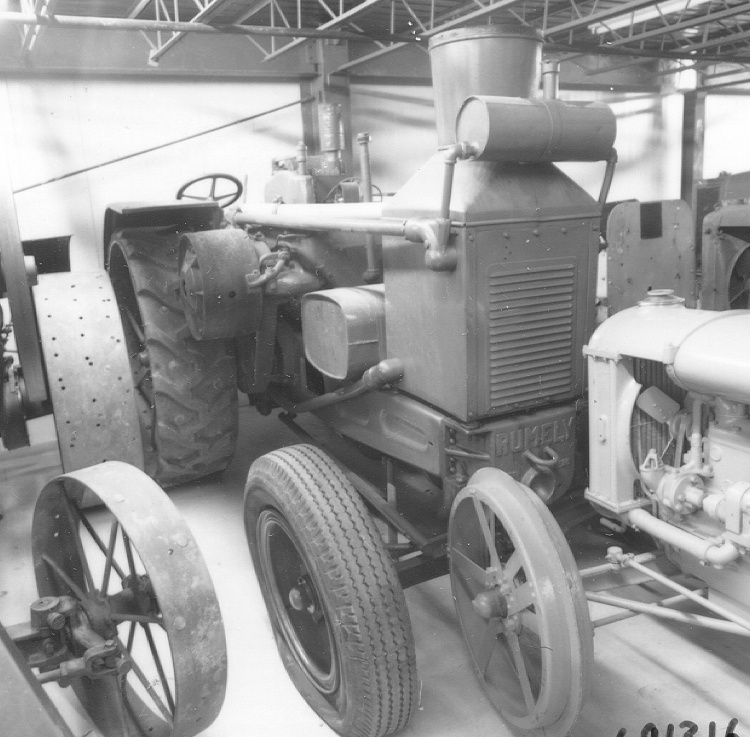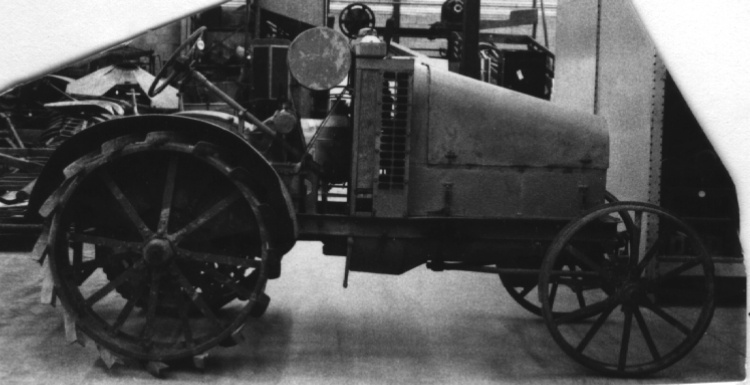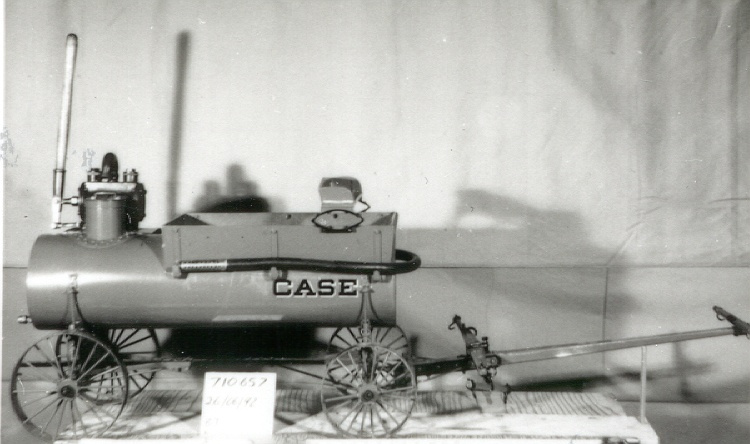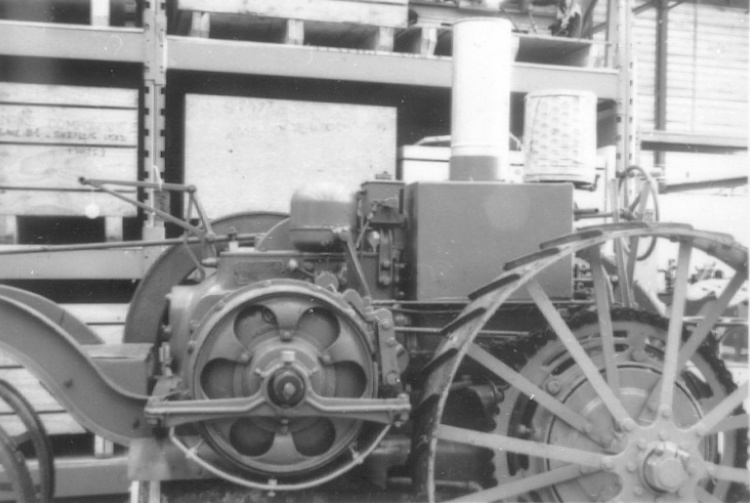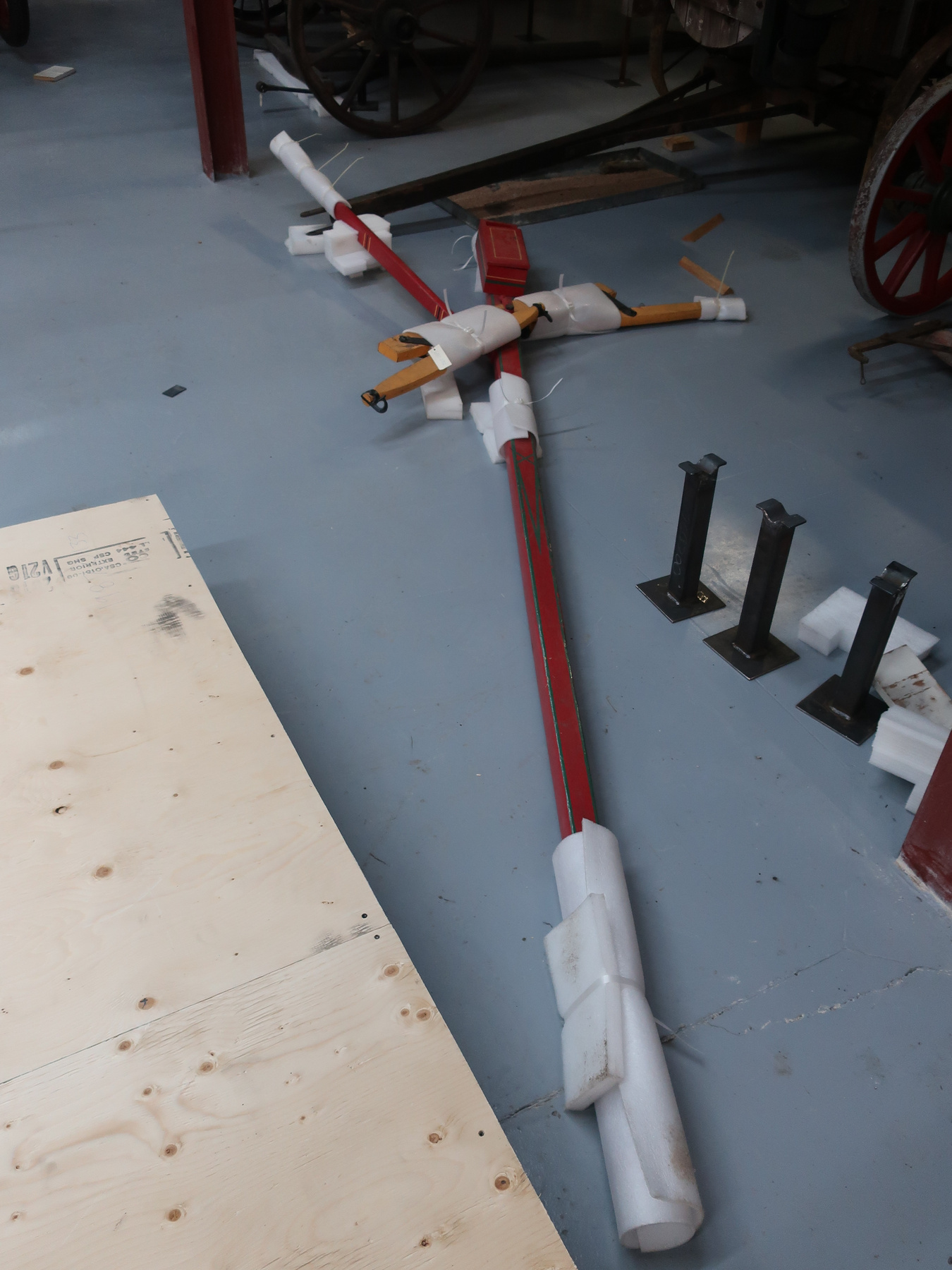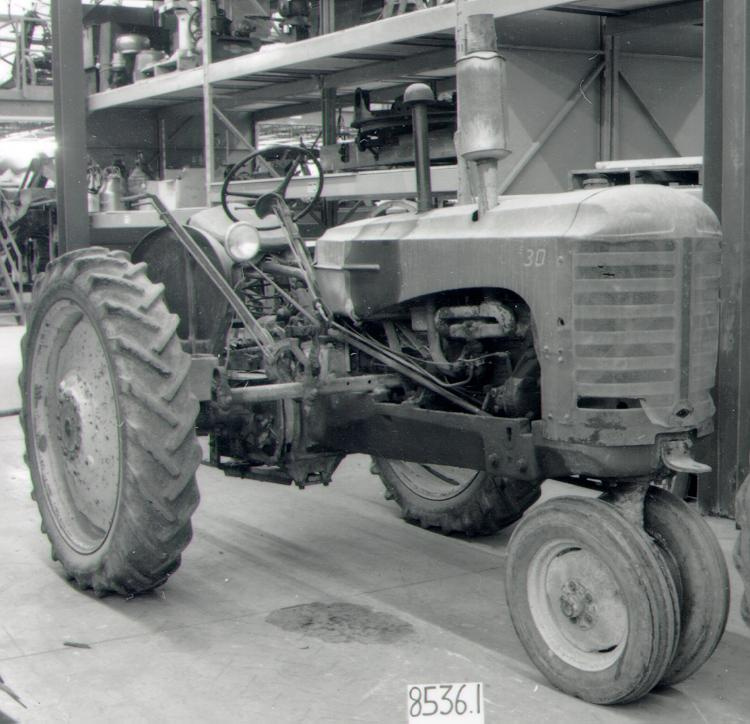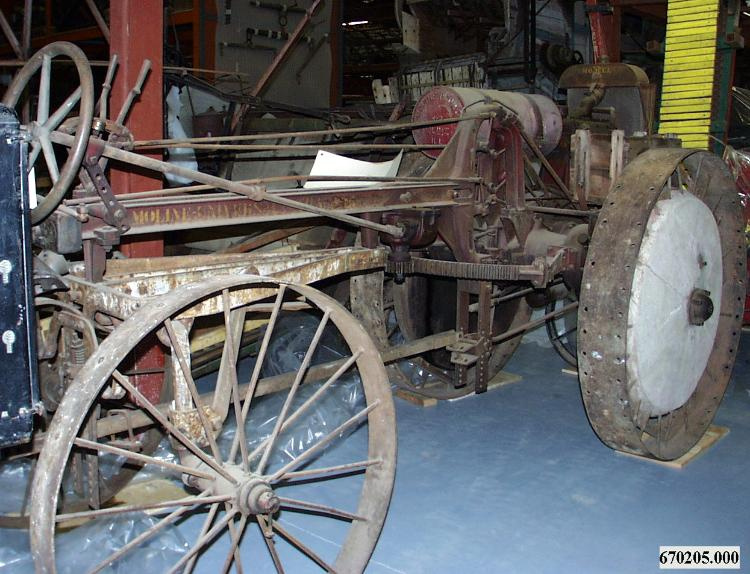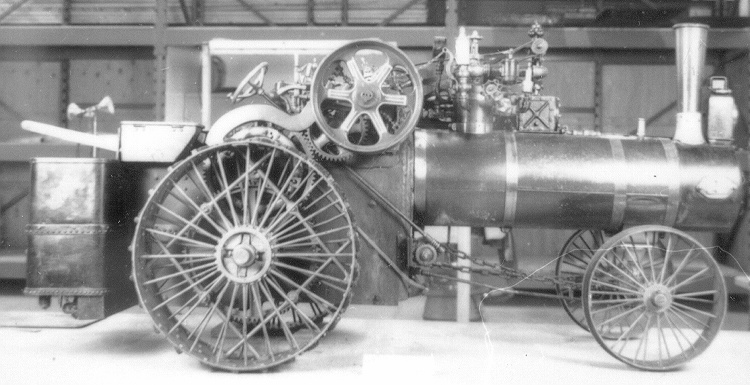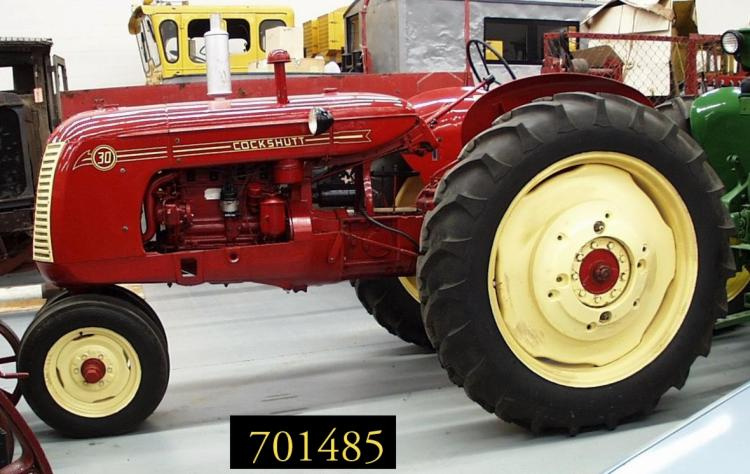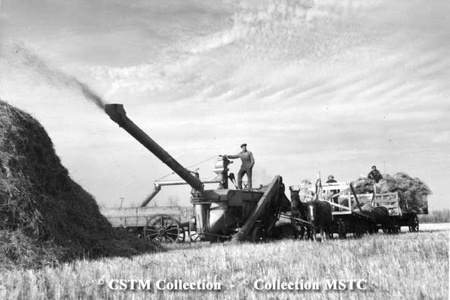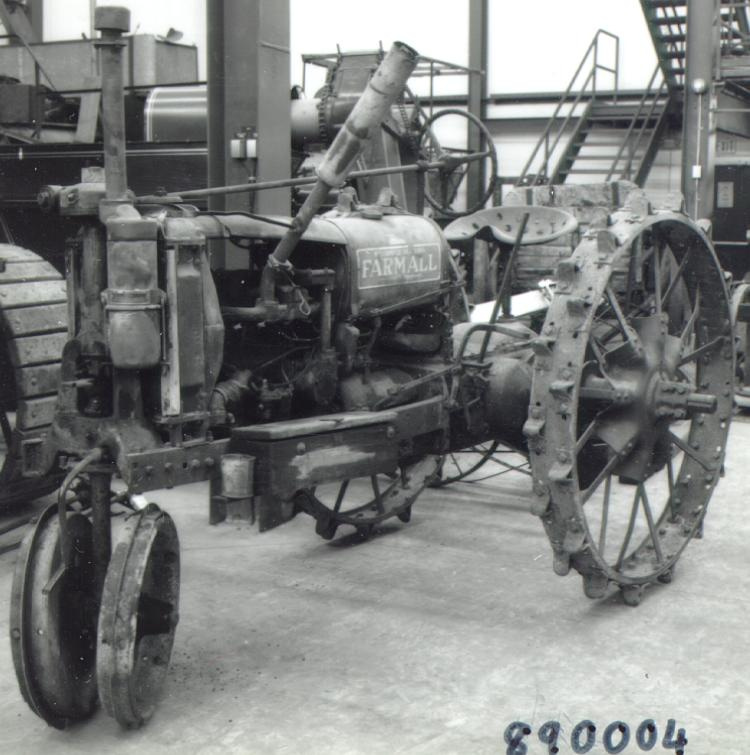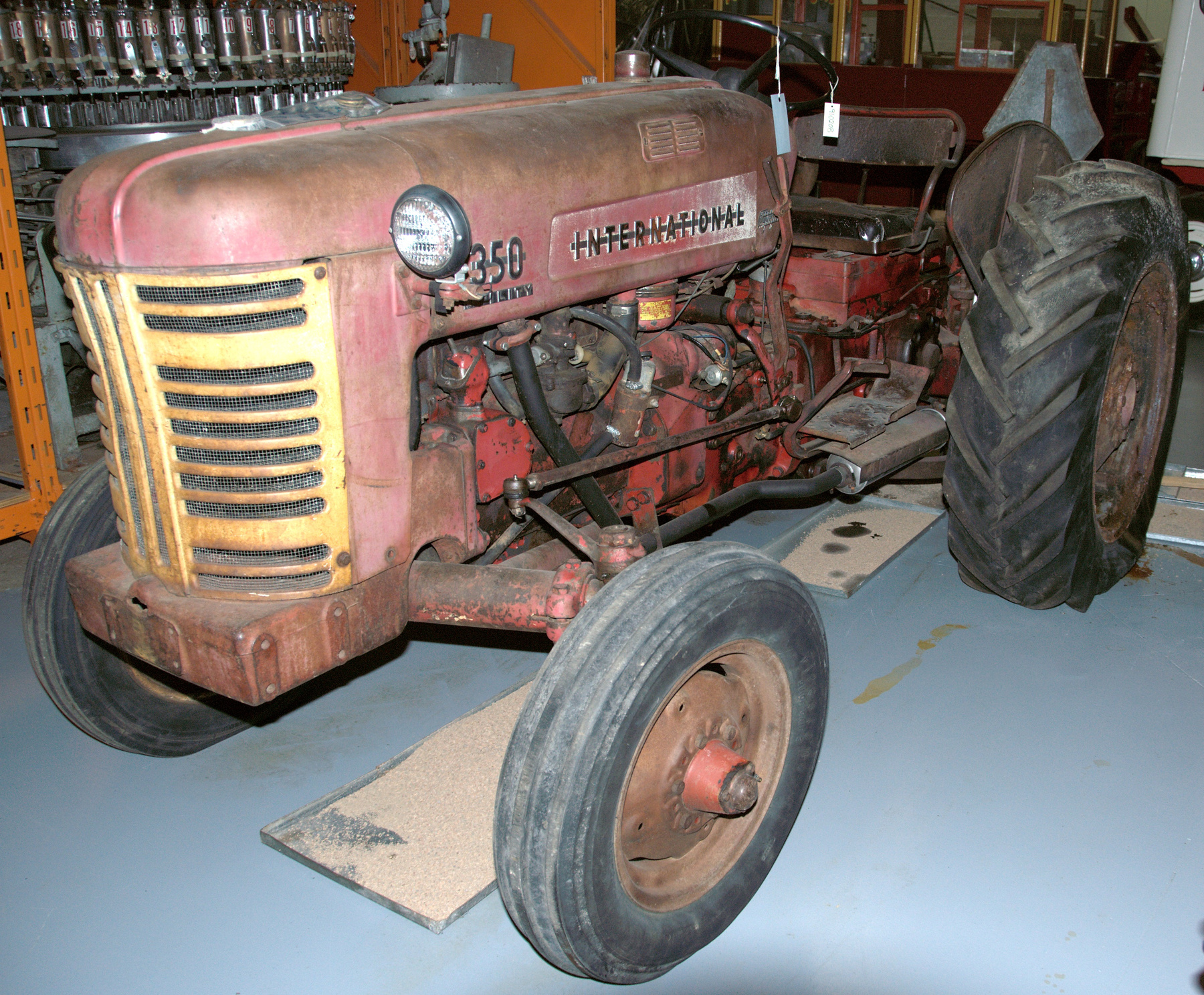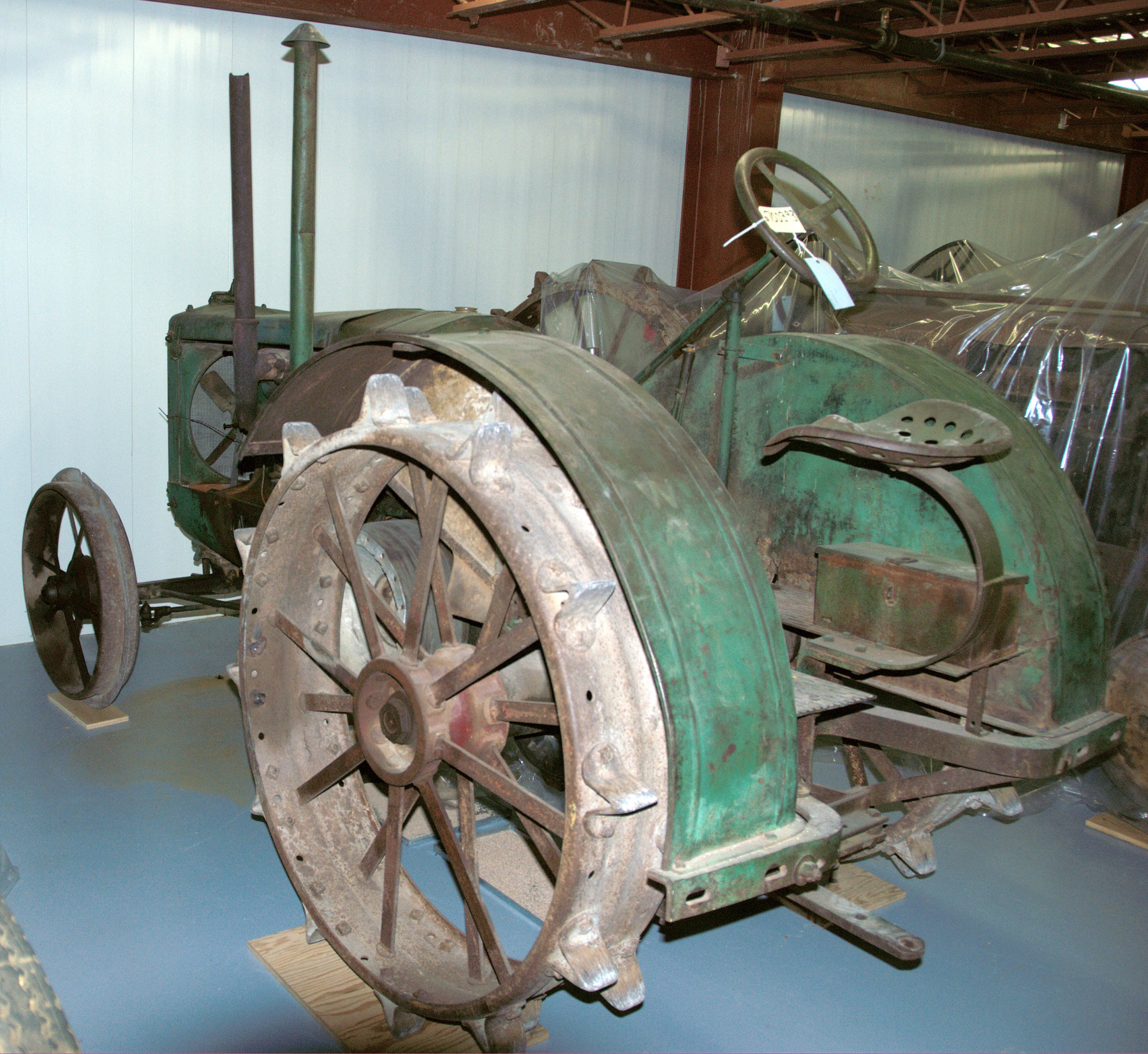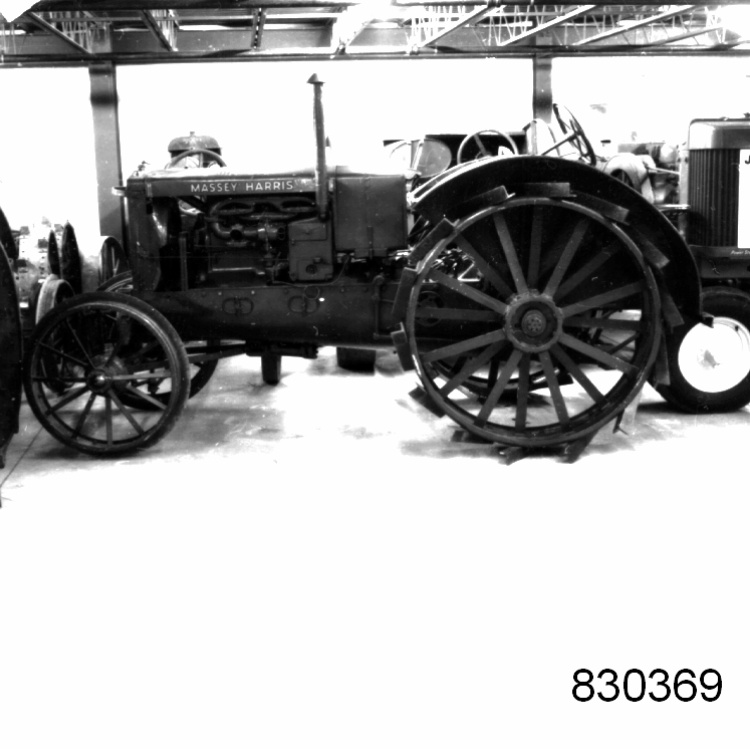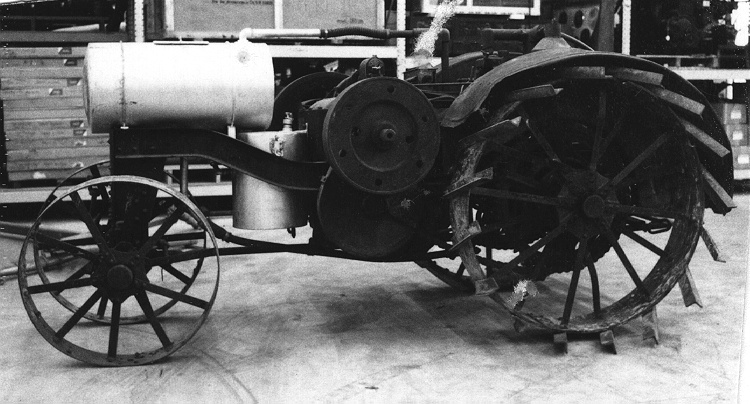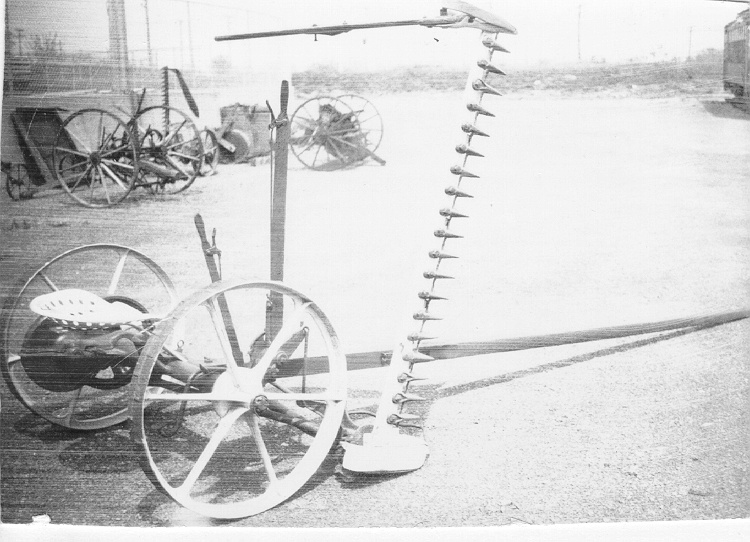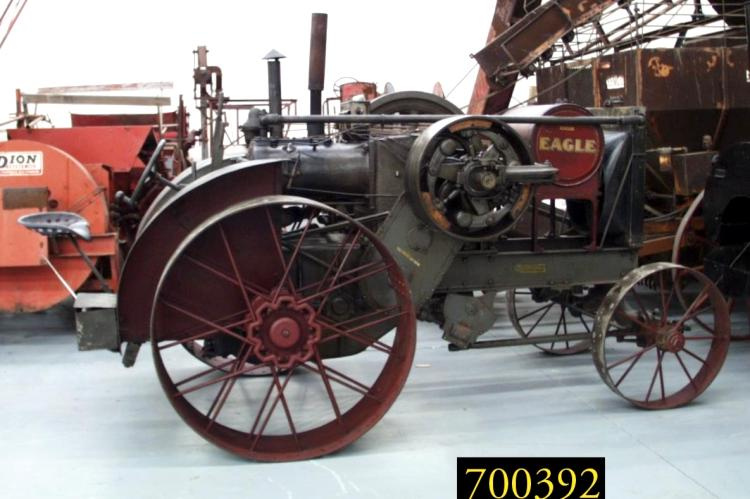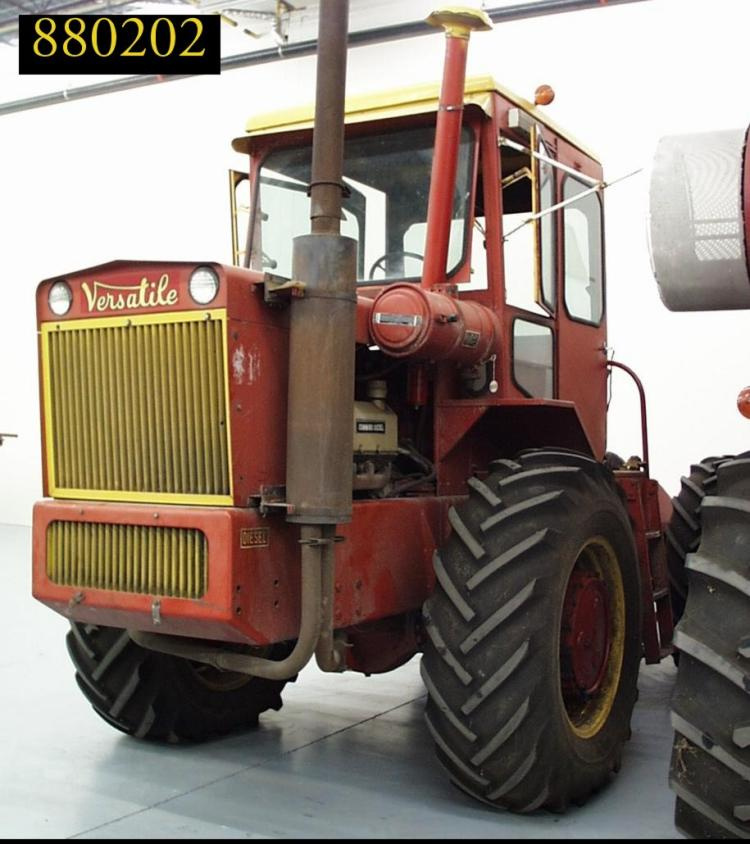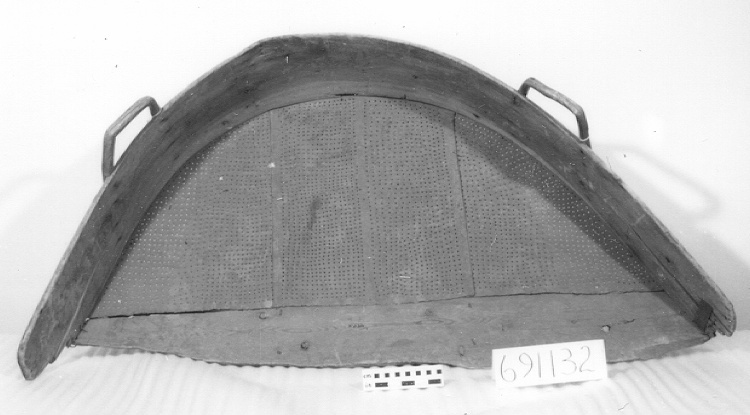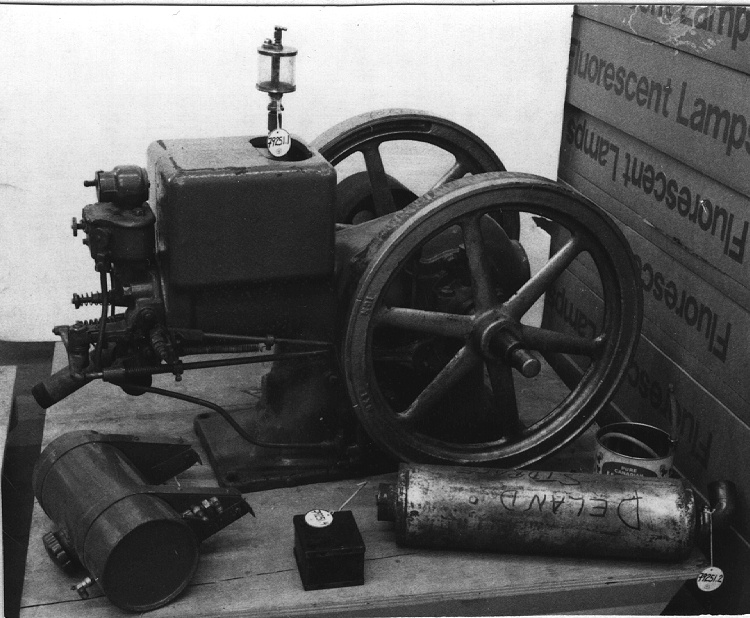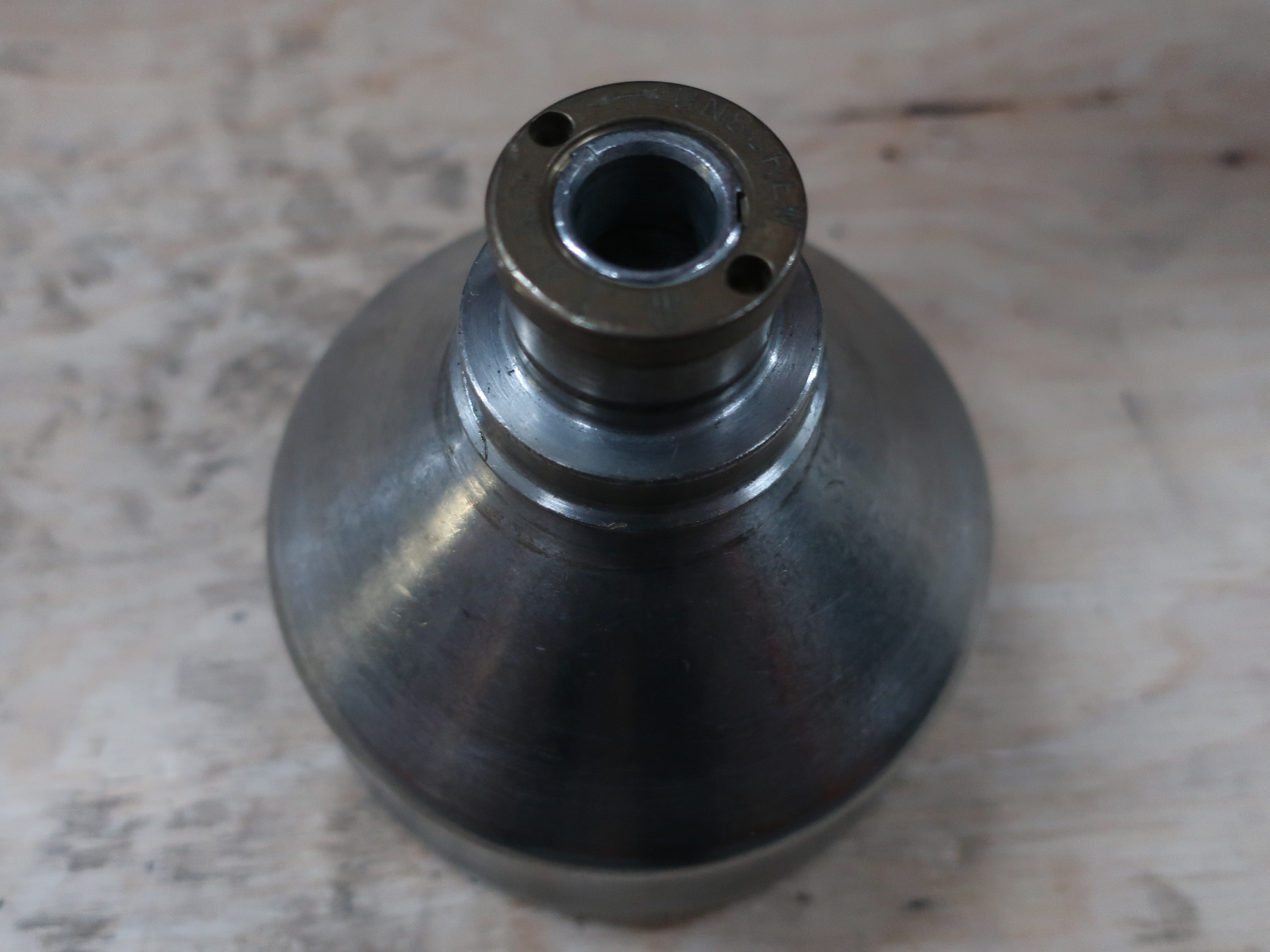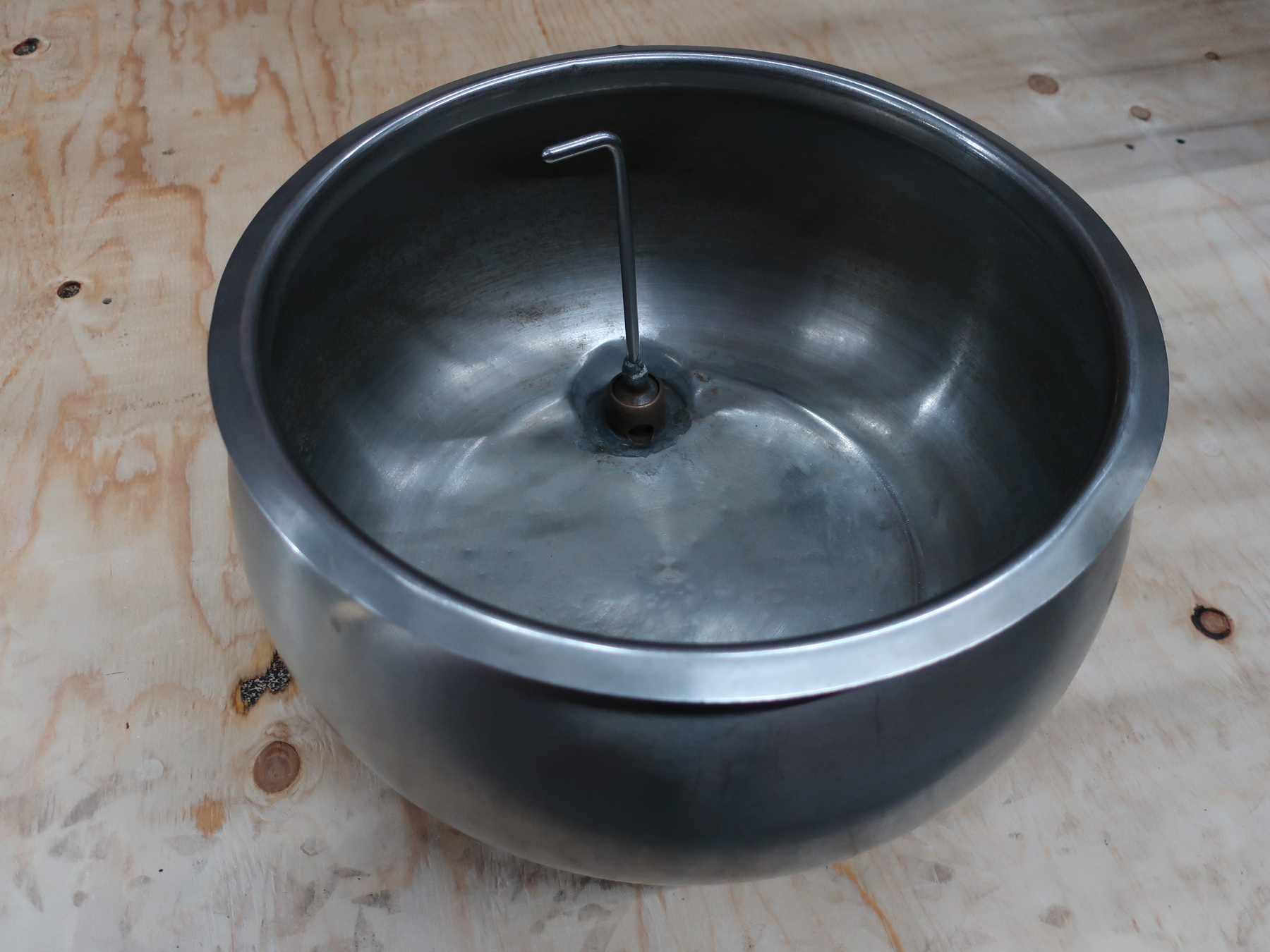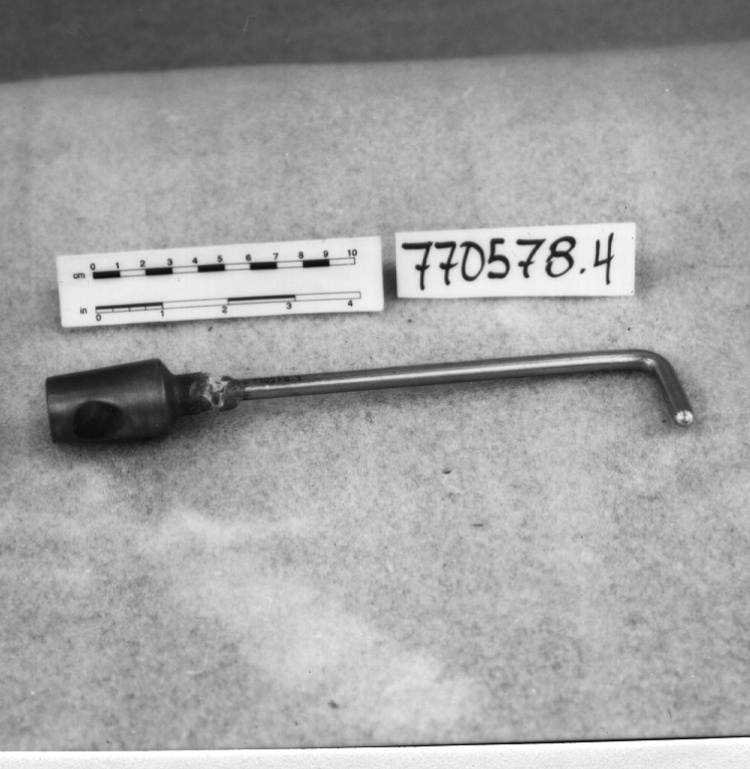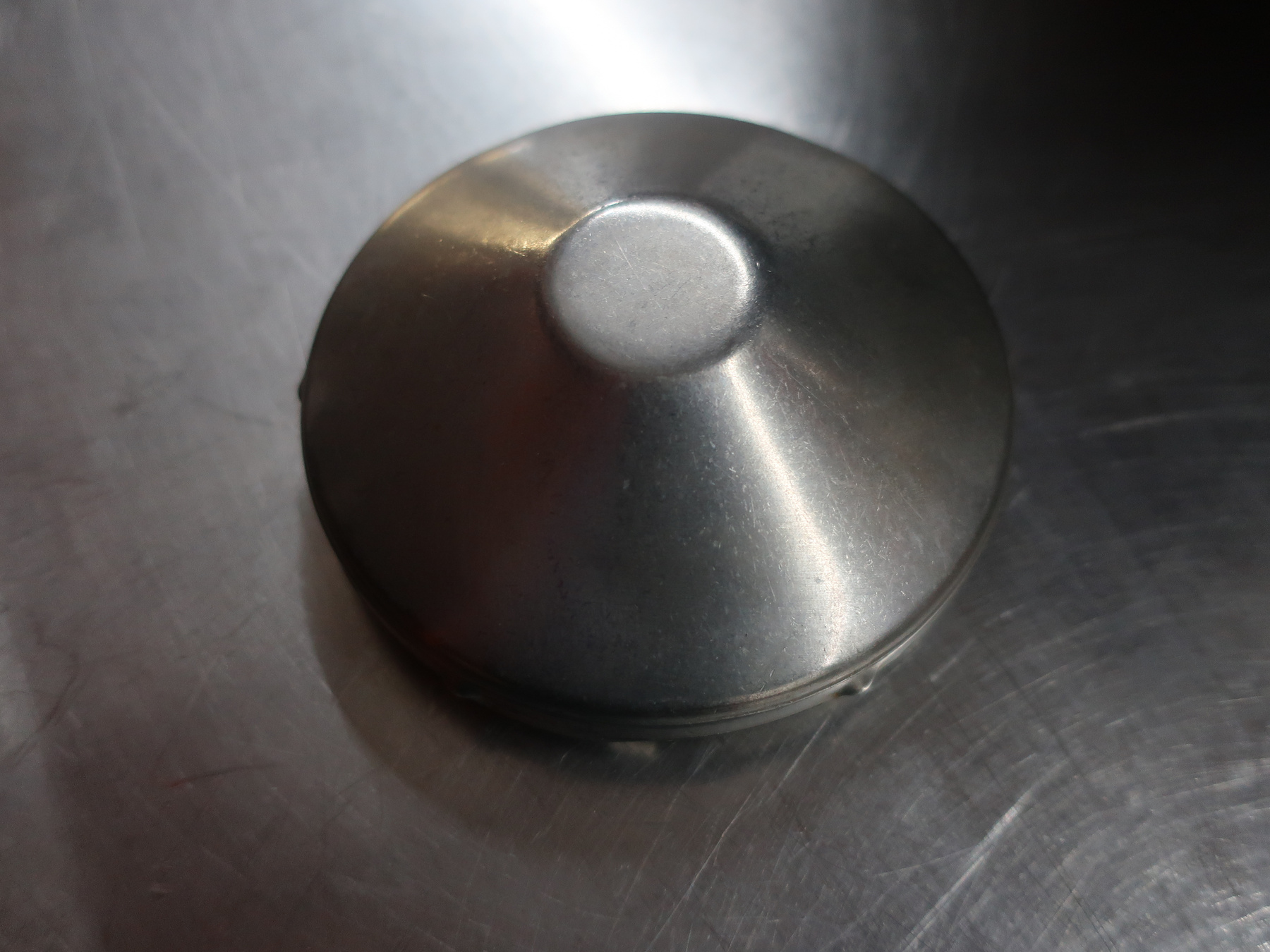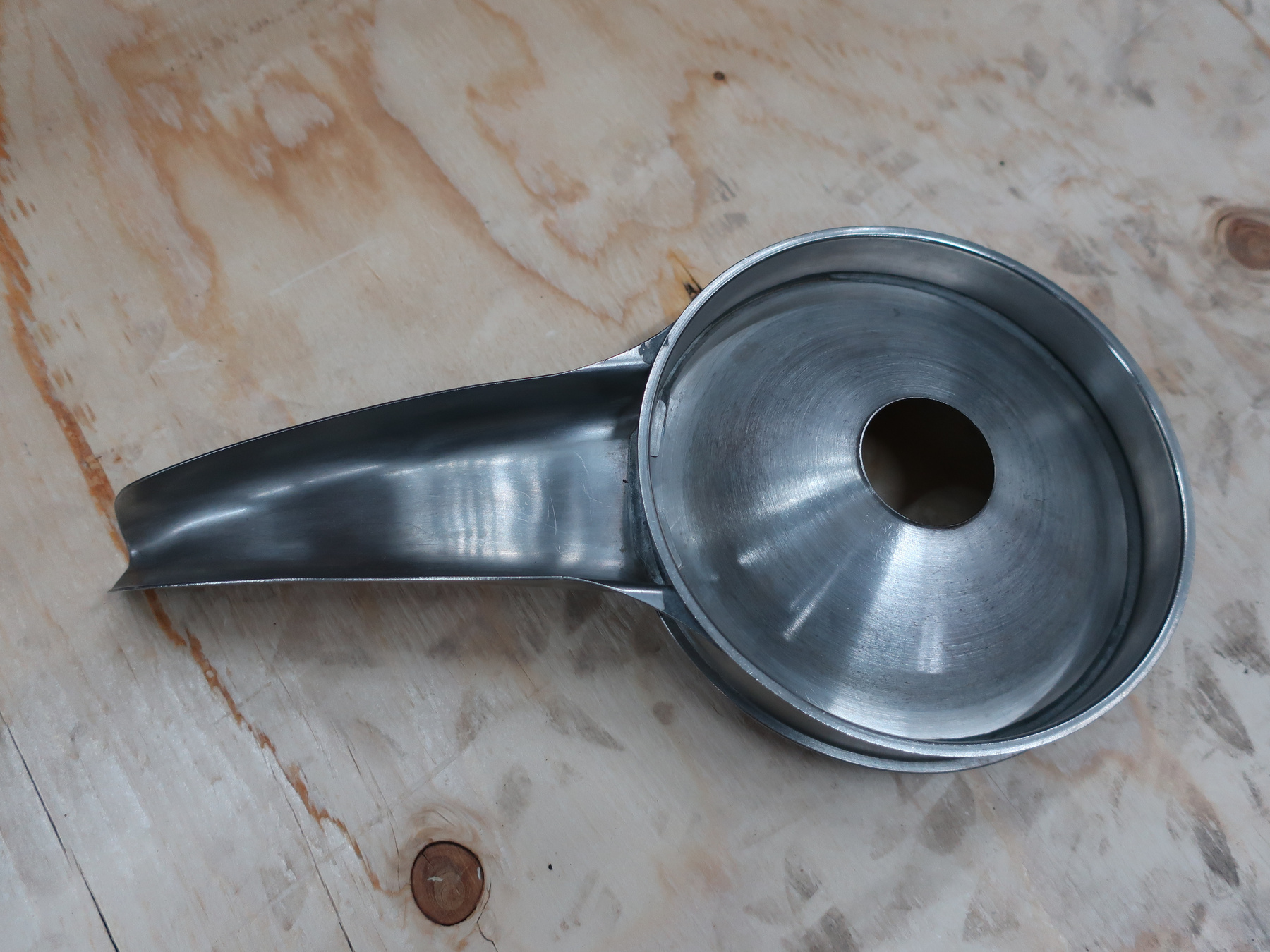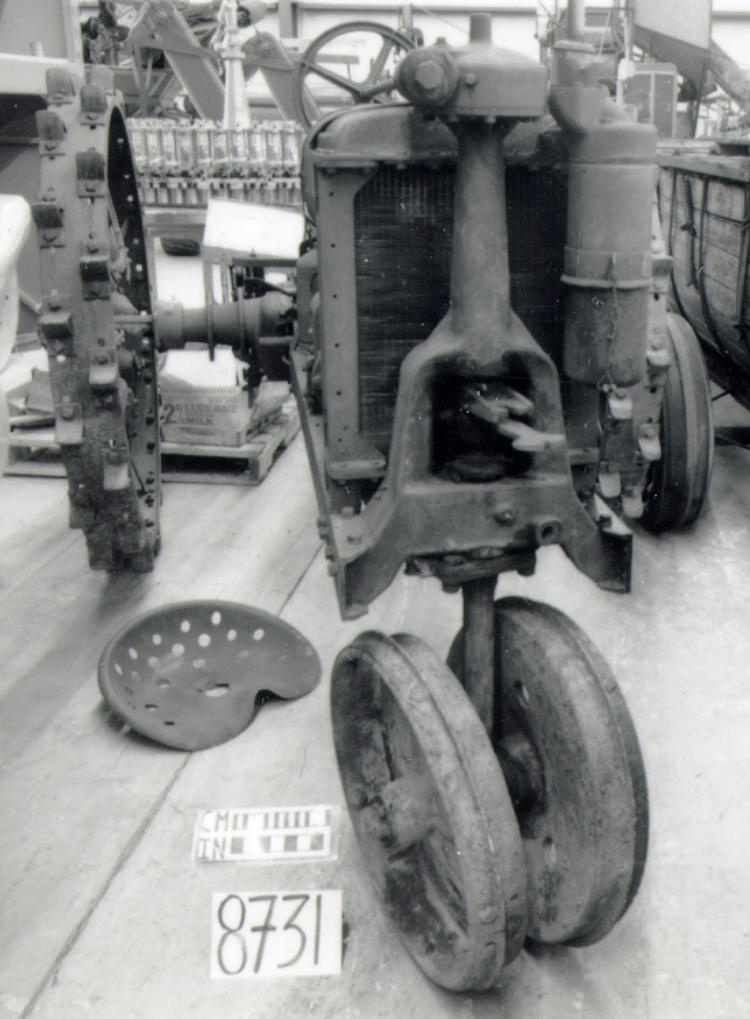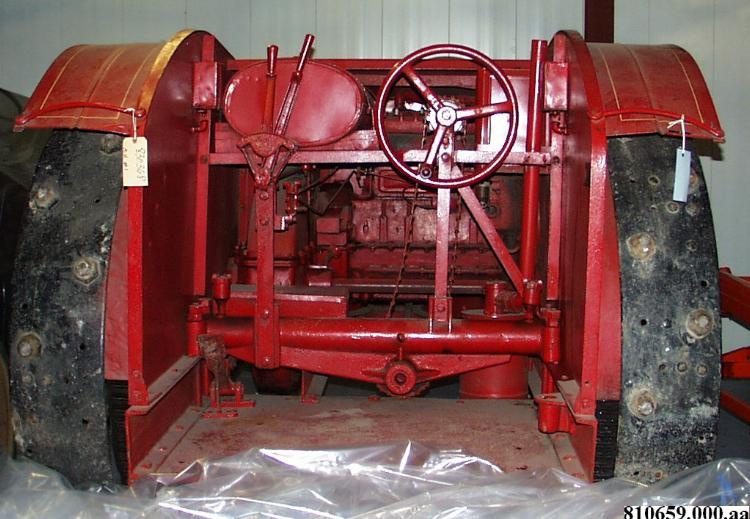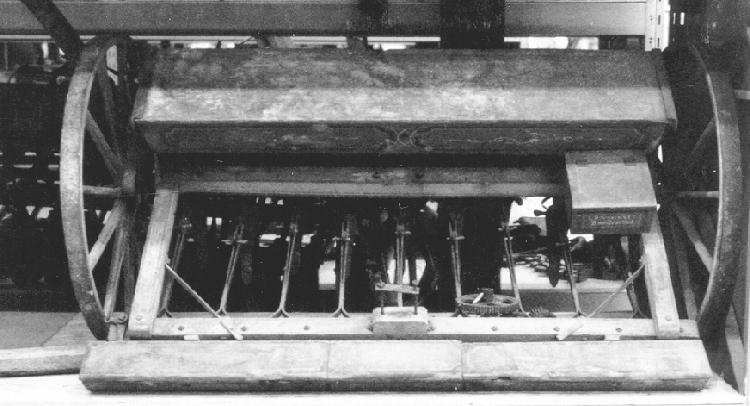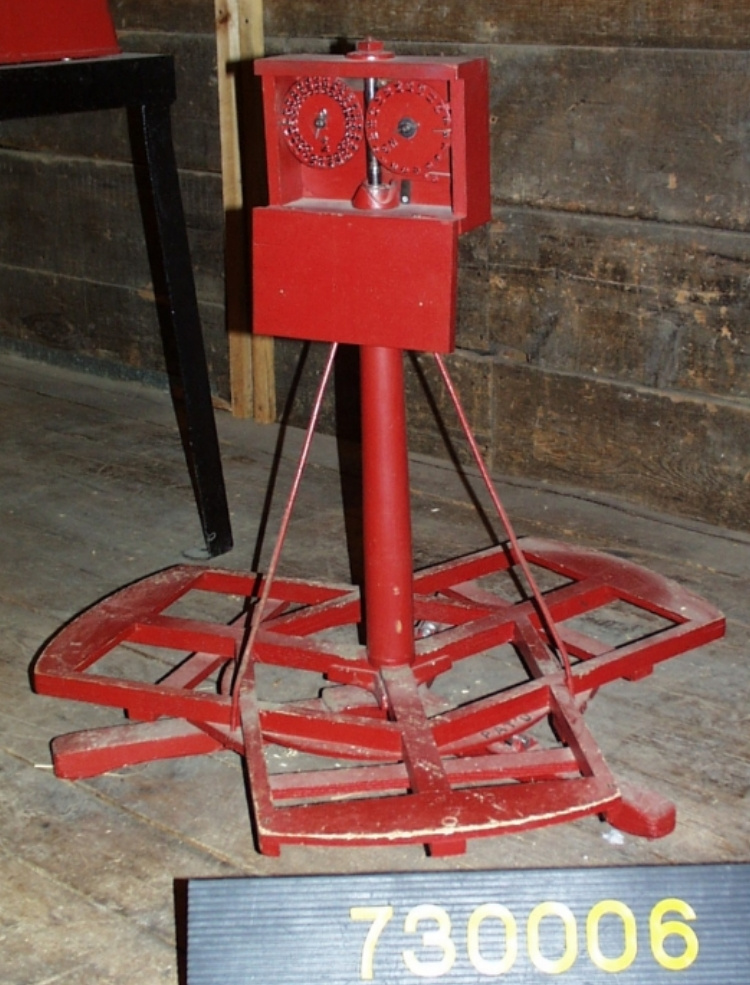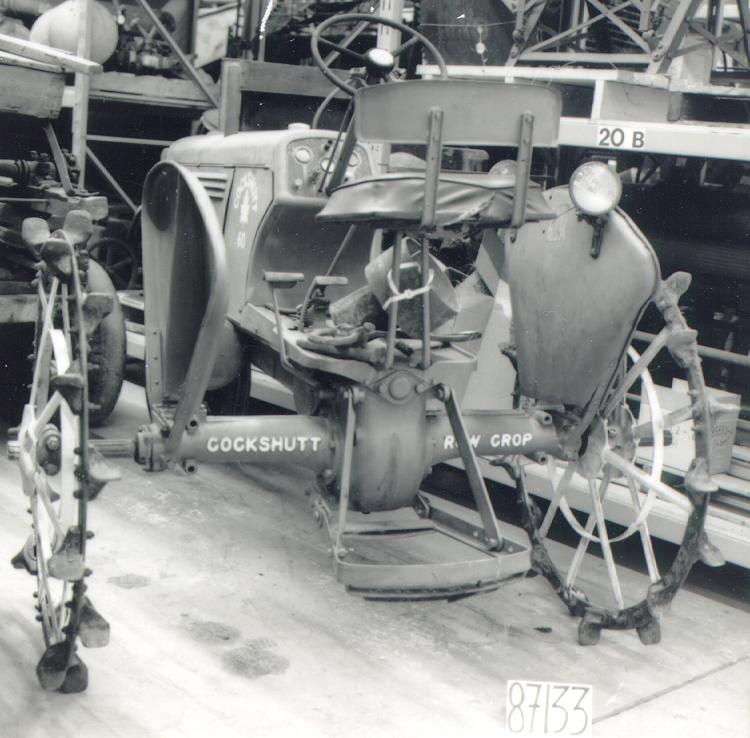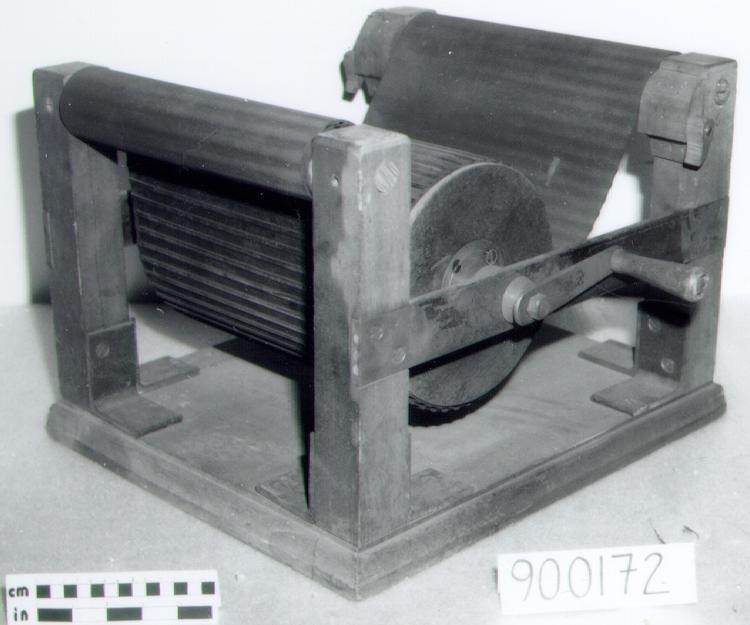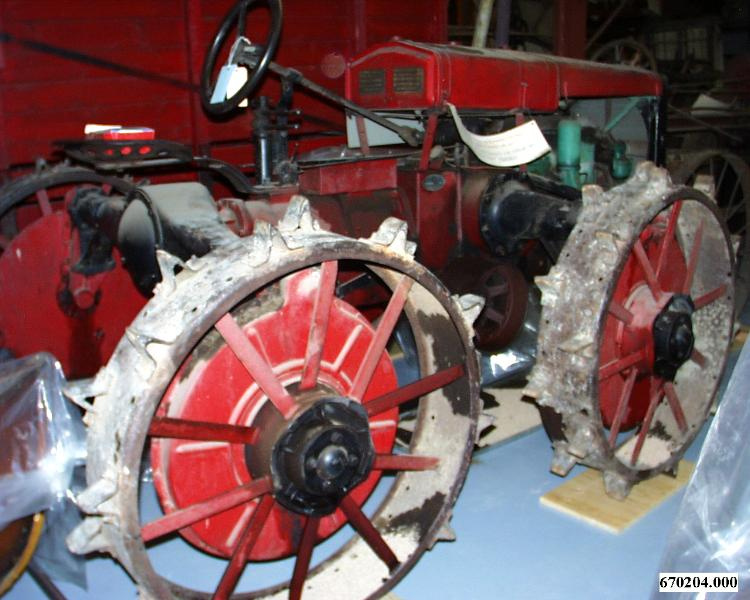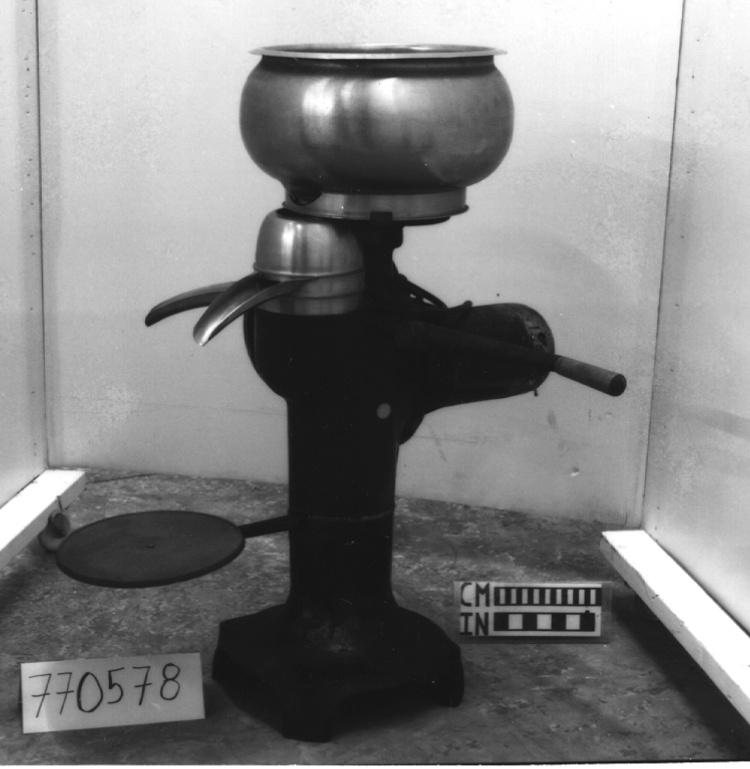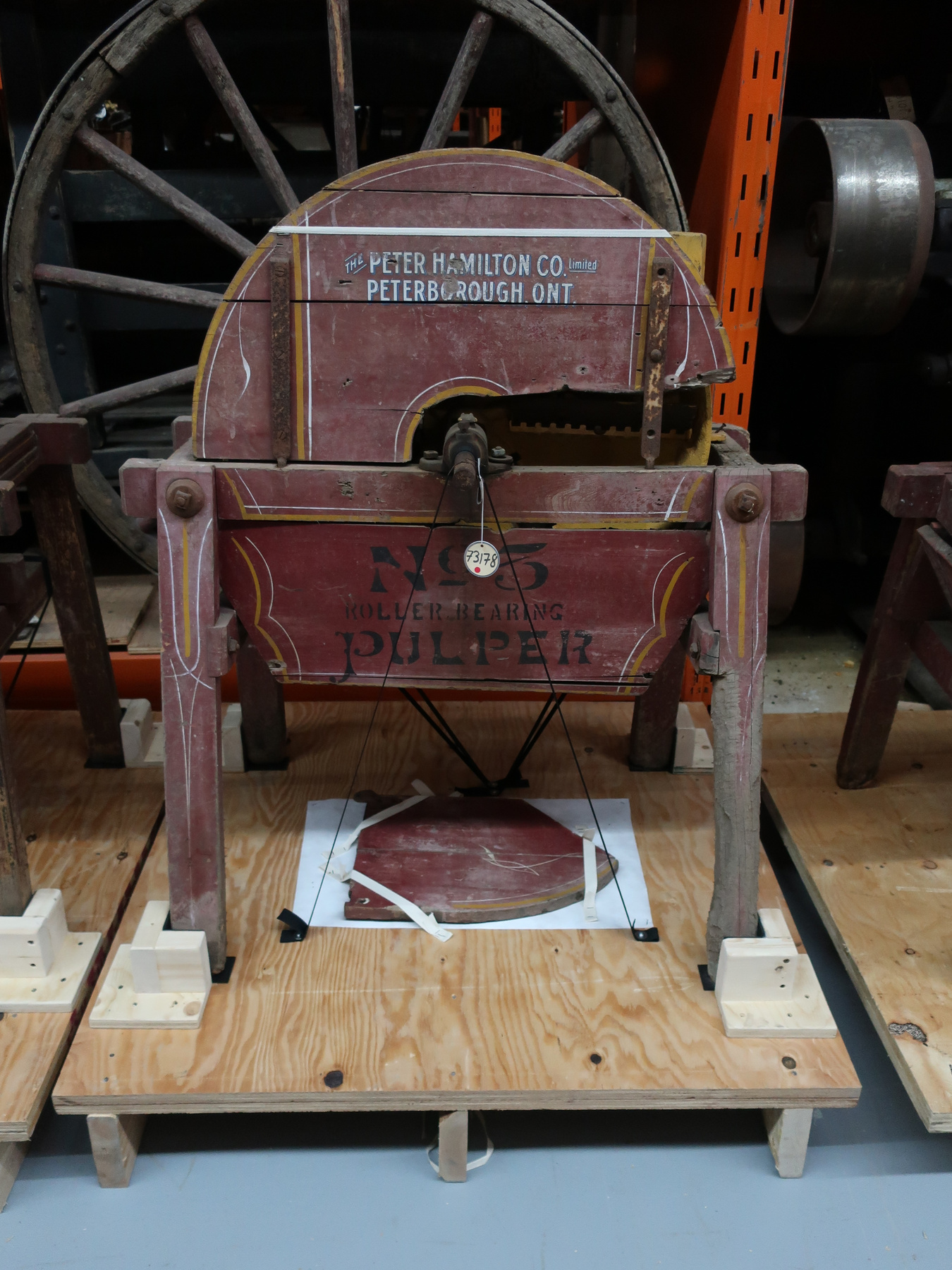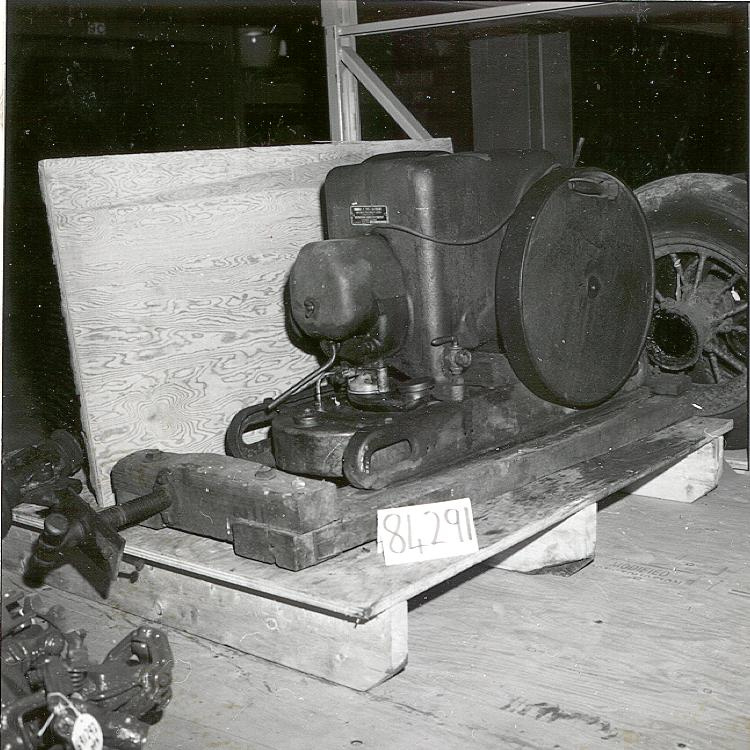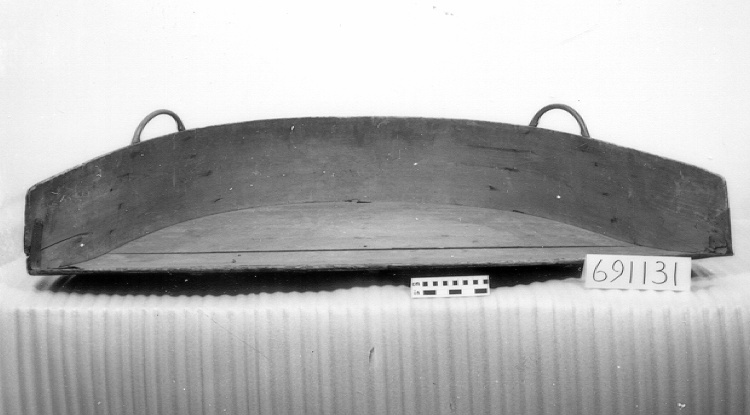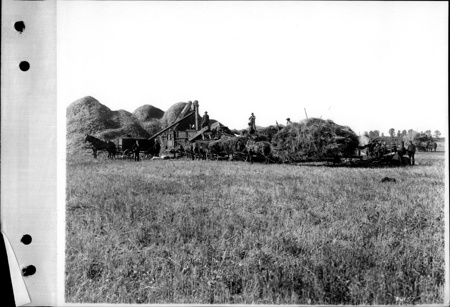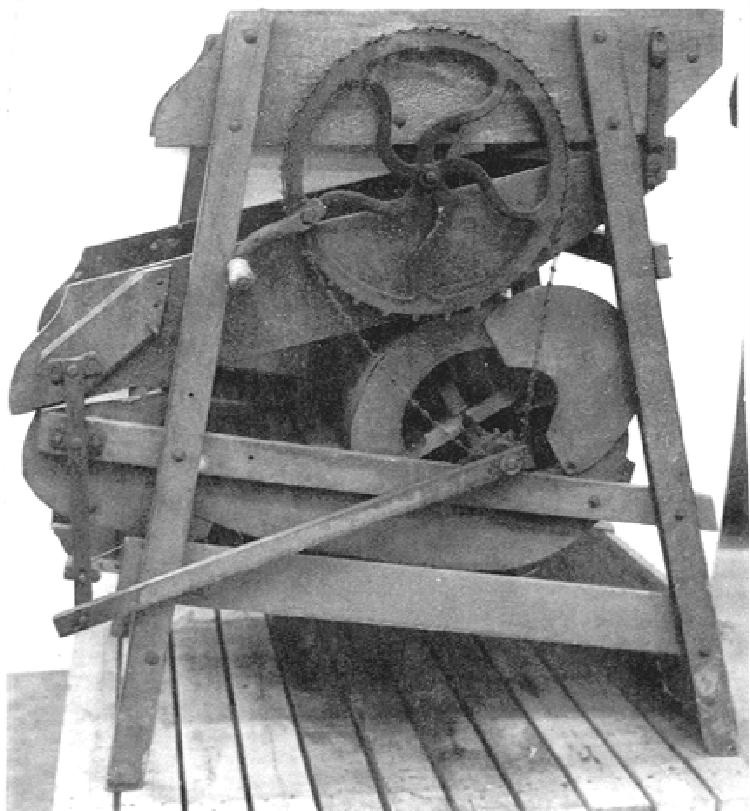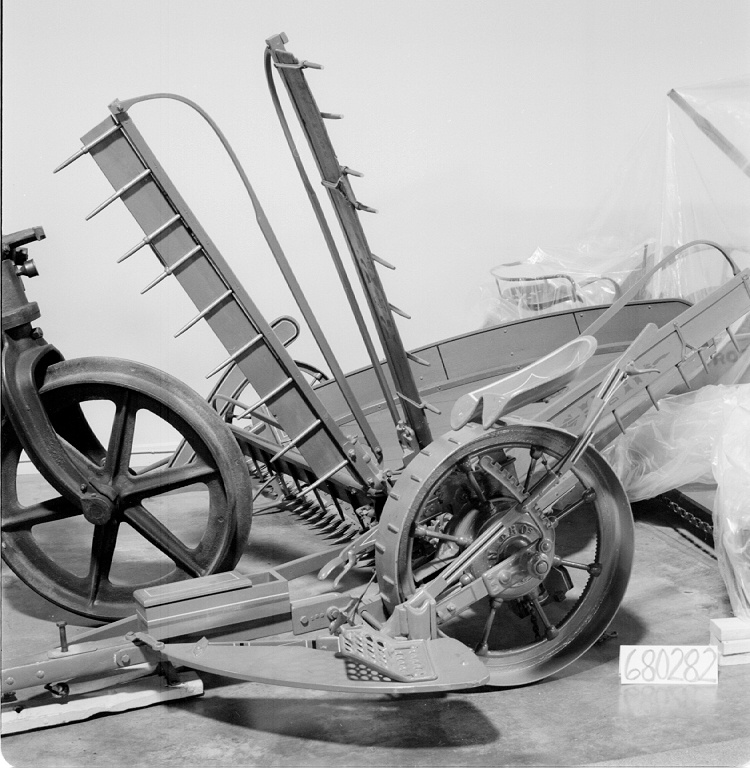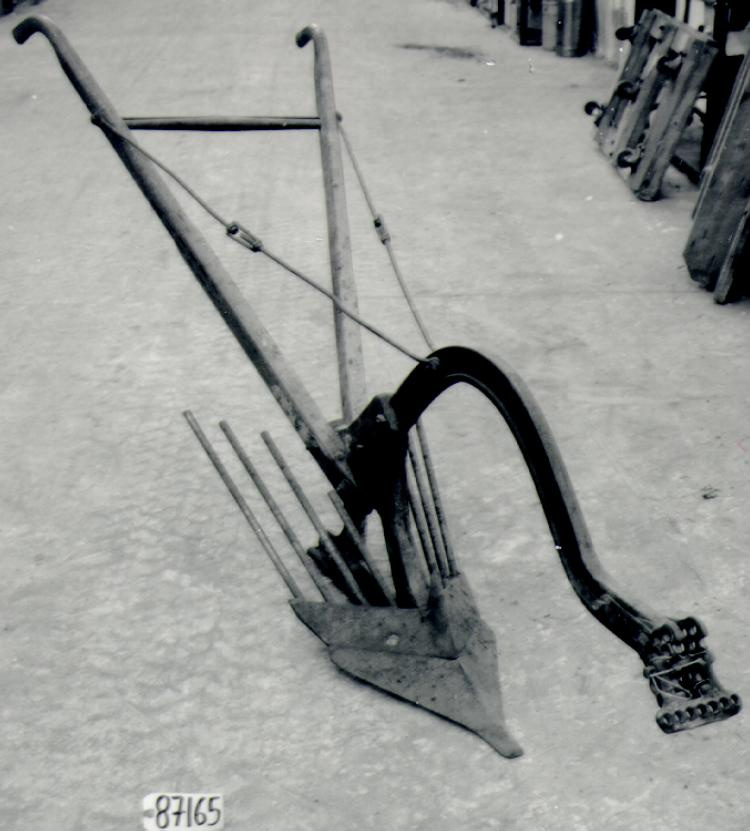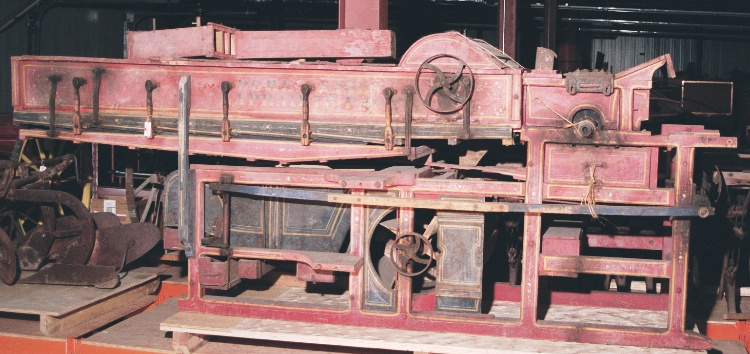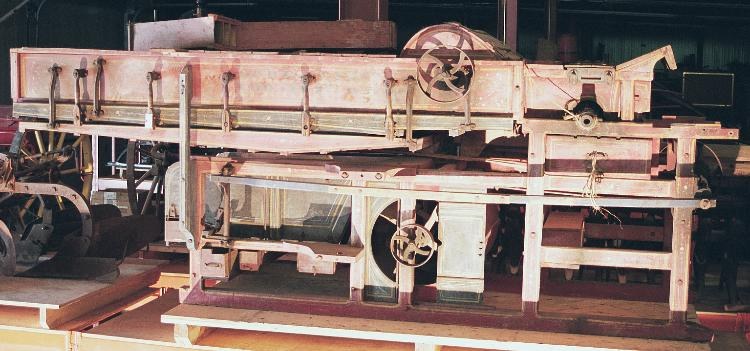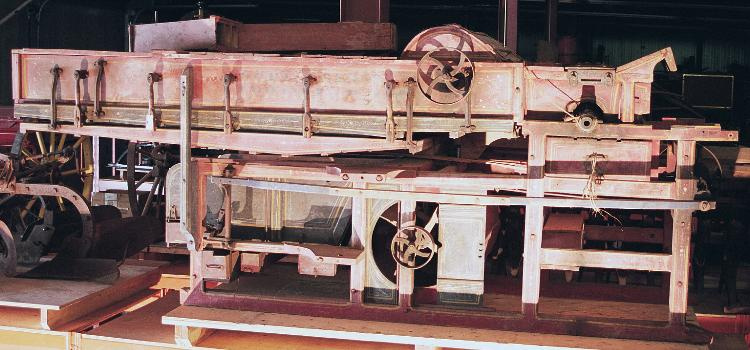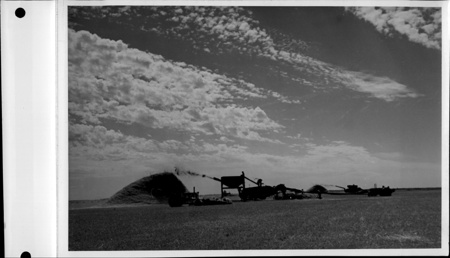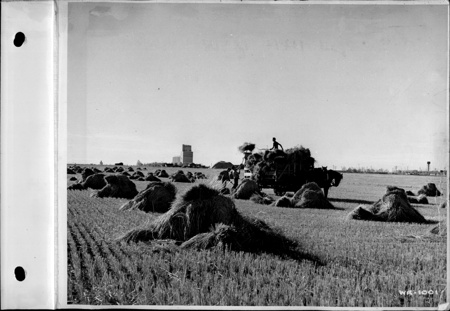Thresher
Use this image
Can I reuse this image without permission? Yes
Object images on the Ingenium Collection’s portal have the following Creative Commons license:
Copyright Ingenium / CC BY-NC-ND (Attribution-NonCommercial 4.0 International (CC BY-NC 4.0)
ATTRIBUTE THIS IMAGE
Ingenium,
1982.0127.001
Permalink:
Ingenium is releasing this image under the Creative Commons licensing framework, and encourages downloading and reuse for non-commercial purposes. Please acknowledge Ingenium and cite the artifact number.
DOWNLOAD IMAGEPURCHASE THIS IMAGE
This image is free for non-commercial use.
For commercial use, please consult our Reproduction Fees and contact us to purchase the image.
- OBJECT TYPE
- VIBRATING RIDDLE/WOOD/HAND FEED
- DATE
- 1900
- ARTIFACT NUMBER
- 1982.0127.001
- MANUFACTURER
- DORE & FILS
- MODEL
- Unknown
- LOCATION
- La Prairie, Québec, Canada
More Information
General Information
- Serial #
- N/A
- Part Number
- 1
- Total Parts
- 1
- AKA
- N/A
- Patents
- N/A
- General Description
- WOOD, CAST METAL
Dimensions
Note: These reflect the general size for storage and are not necessarily representative of the object's true dimensions.
- Length
- 406.0 cm
- Width
- 133.0 cm
- Height
- 178.0 cm
- Thickness
- N/A
- Weight
- N/A
- Diameter
- N/A
- Volume
- N/A
Lexicon
- Group
- Agriculture
- Category
- Crop handling
- Sub-Category
- N/A
Manufacturer
- AKA
- DORE
- Country
- Canada
- State/Province
- Québec
- City
- La Prairie
Context
- Country
- Canada
- State/Province
- Quebec
- Period
- Early 20th century
- Canada
-
J.B. Doré & frère began producing agricultural machinery in Lapraire, Quebec, in the mid 19th century. At the beginning of the 20th century, the company had become E. Doré & Fils and was also producing mining equipment, as well as threshers and other agricultural implements. - Function
-
Threshers separate or "thresh" grain from the head. They also separate grain kernels from the straw and chaff, cleaning the grain. Threshers were first developed in Europe in the late 18th century and mechanized the separation of grain, which was previously done by hand with tools such as flails. The first threshing machines were stationary: powered by hand or treadmill, they increased the amount of grain a farmer could separate in a day. Wheeled threshing machines began to replace stationary threshers in the 1860s and further mechanized grain harvesting. Threshers were initially built of wood and powered by horse-powered windlasses; they were later built of steel and powered by steam traction engines and gas tractors. Threshers were in turn replaced through the twentieth century by combine harvesters, which merged harvesting and threshing operations in one machine. - Technical
-
This thresher is equipped with a vibrating riddle, technology that supplanted endless aprons in the late 1880s. Mounted on skids, this thresher has a 28-inch cylinder that would have been powered by horse power or treadmill. Such ground-mounted threshers were commonly made by eastern Canadian manufacturers to satisfy local markets and smaller farms, which could not afford or fully take advantage of the larger wheeled threshers that were also then on the market. - Area Notes
-
Unknown
Details
- Markings
- MFR'S NAME & ADDRESS PAINTED (PROBABLY STENCILLED) IN BOLD BLACK & YELLOW LETTERS ON BOTH SIDES/ WIDE YELLOW STRIPING WITH THIN CREME COLOURED ACCENT LINES THROUGHOUT/ DECORATIVE LINING ON BOTH RED & BLUE CROSSPIECES/ YELLOW & RED "FLOWERS" INCORPORATED INTO LINE PATTERNS ON THE BLUE CROSSPIECES
- Missing
- COMPLETE EXCEPT FOR BELTS From CA of 06/30/1997 by Carrie Misener: Undetermined
- Finish
- PRINCIPLE COLOUR - RED; SECONDARY COLOUR - BLUE (SOME LOWER PANELS, INTERIOR PANELS, SOME HORIZONTAL CROSSPIECES, ONE FRAME UPRIGHT)
- Decoration
- N/A
CITE THIS OBJECT
If you choose to share our information about this collection object, please cite:
DORE & FILS, Thresher, circa 1900, Artifact no. 1982.0127, Ingenium – Canada’s Museums of Science and Innovation, http://collections.ingeniumcanada.org/en/id/1982.0127.001/
FEEDBACK
Submit a question or comment about this artifact.
More Like This
